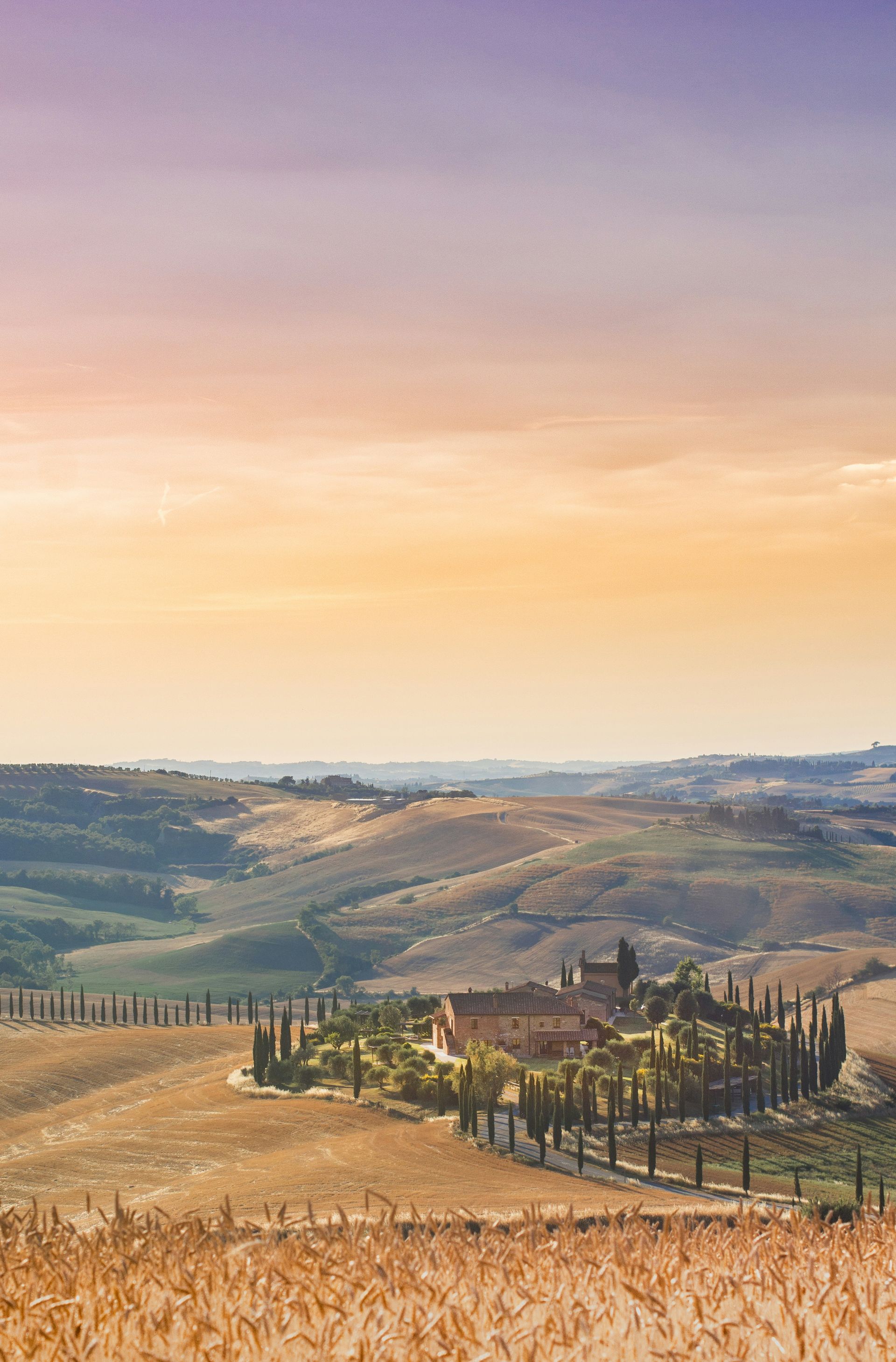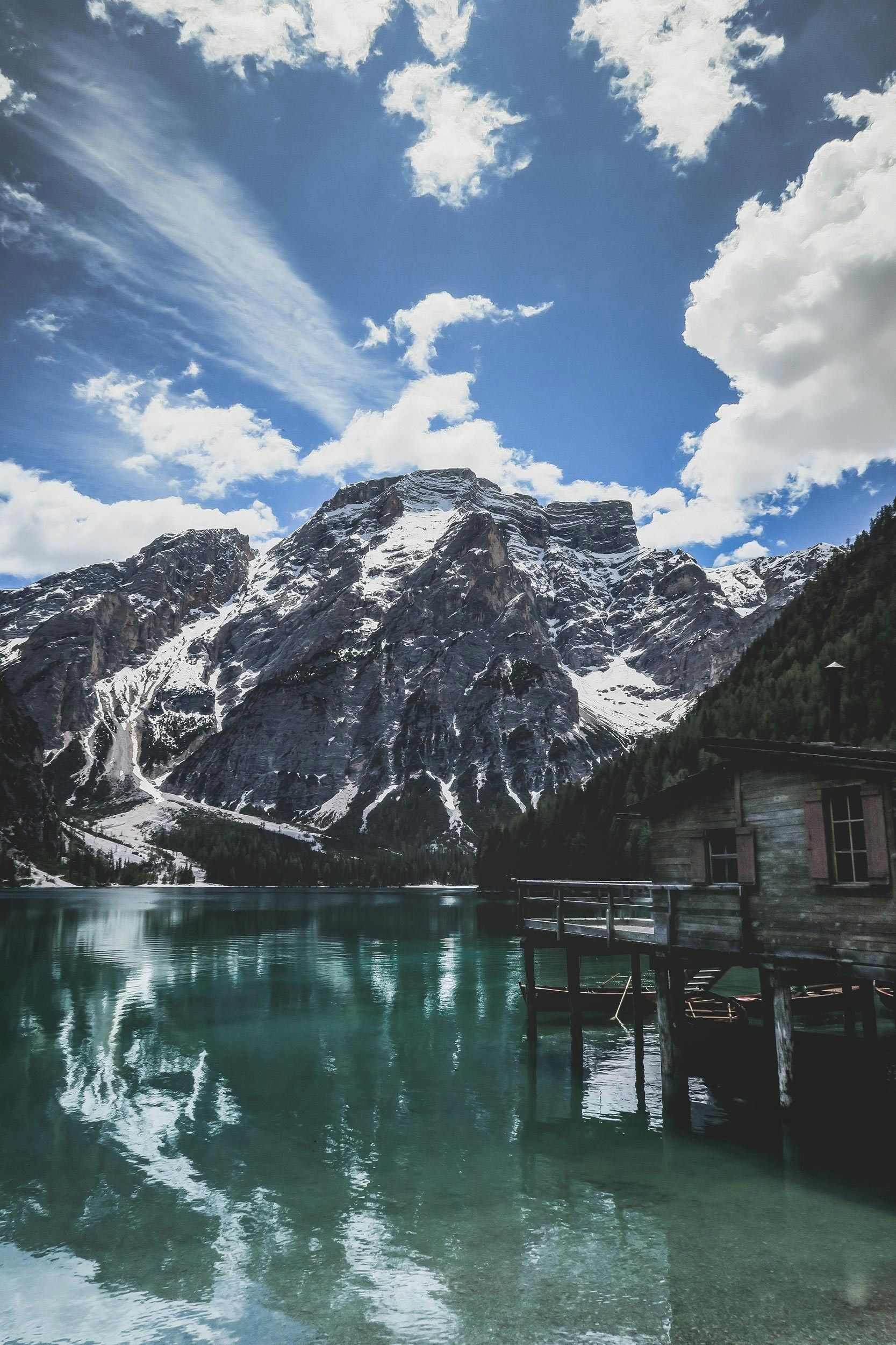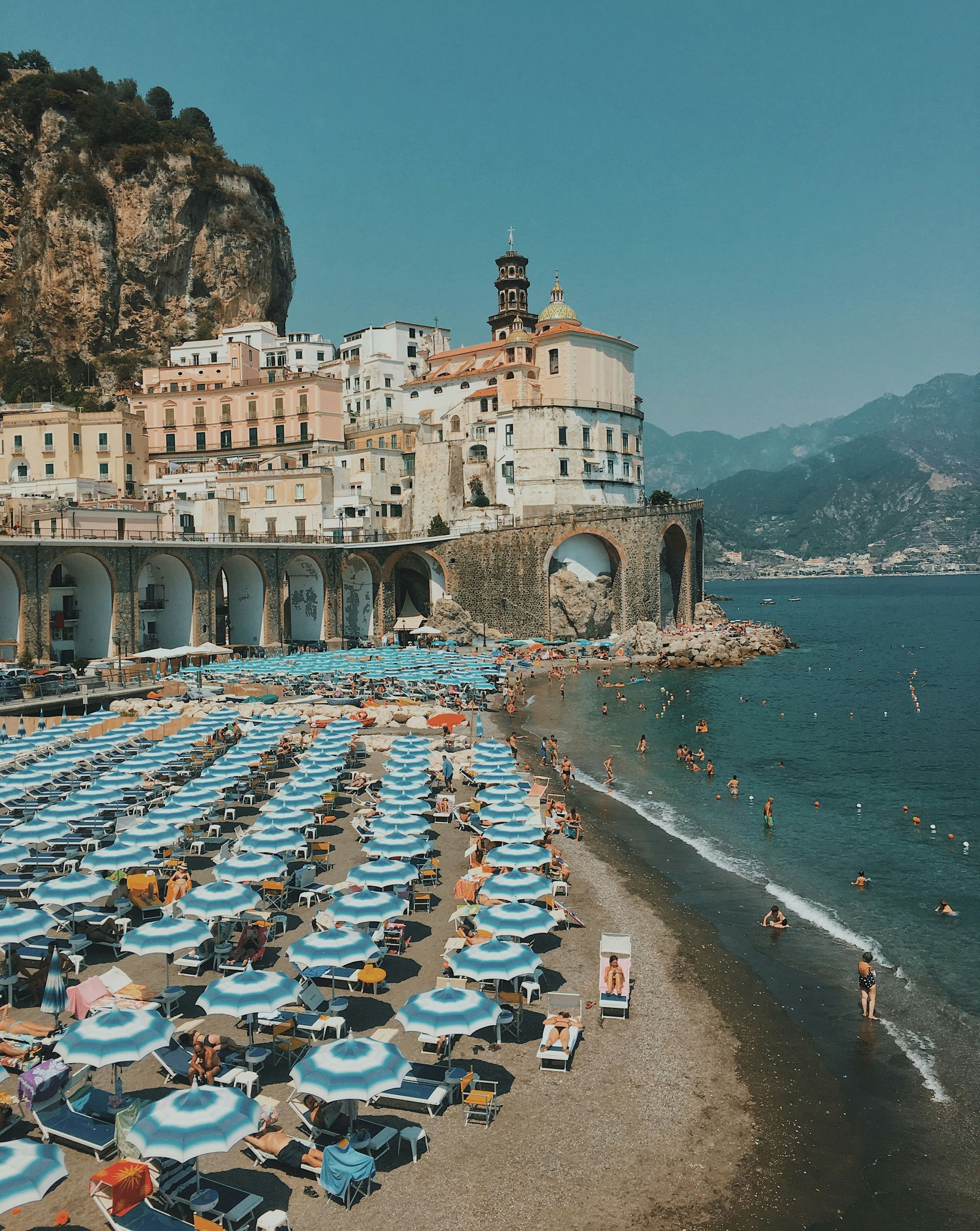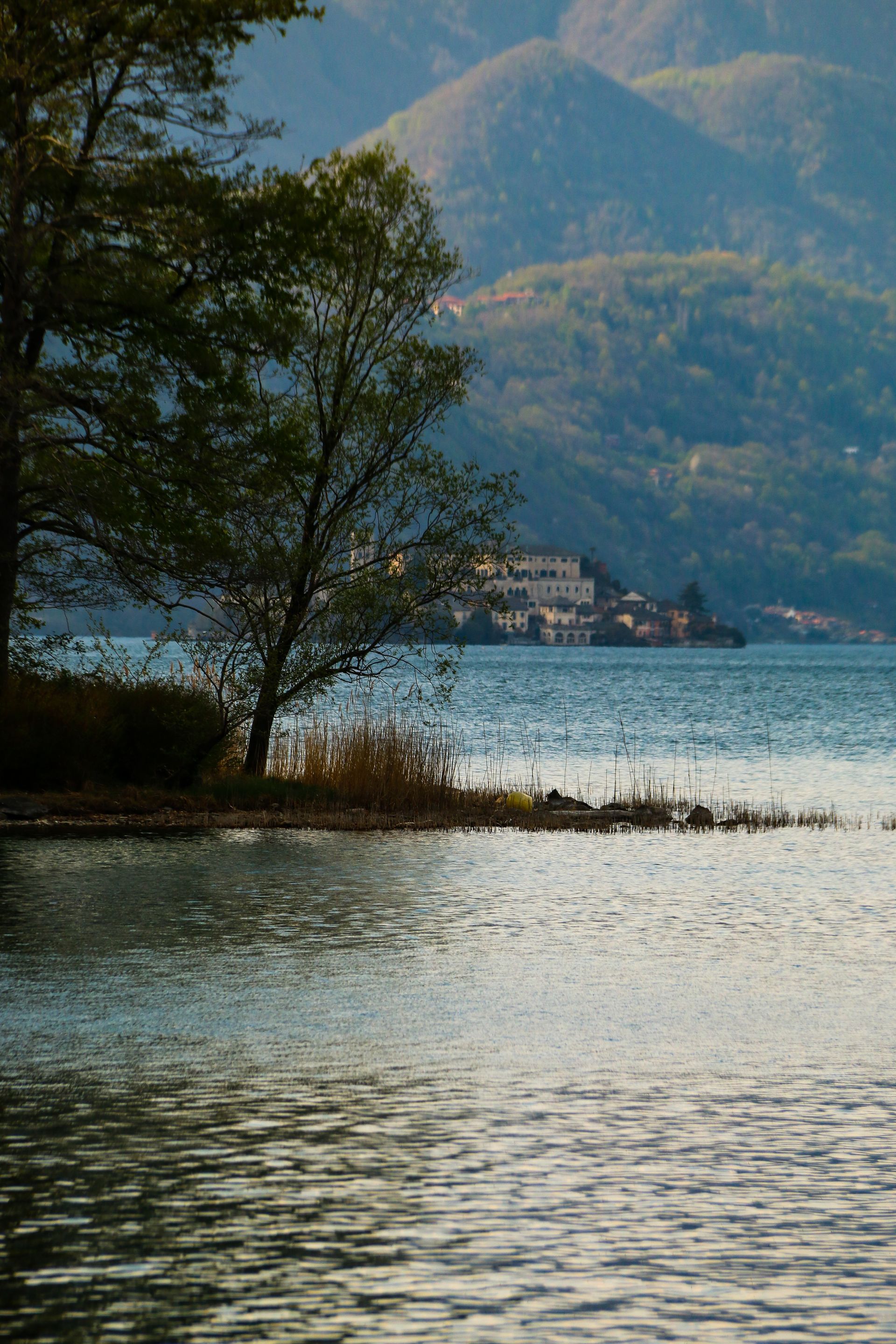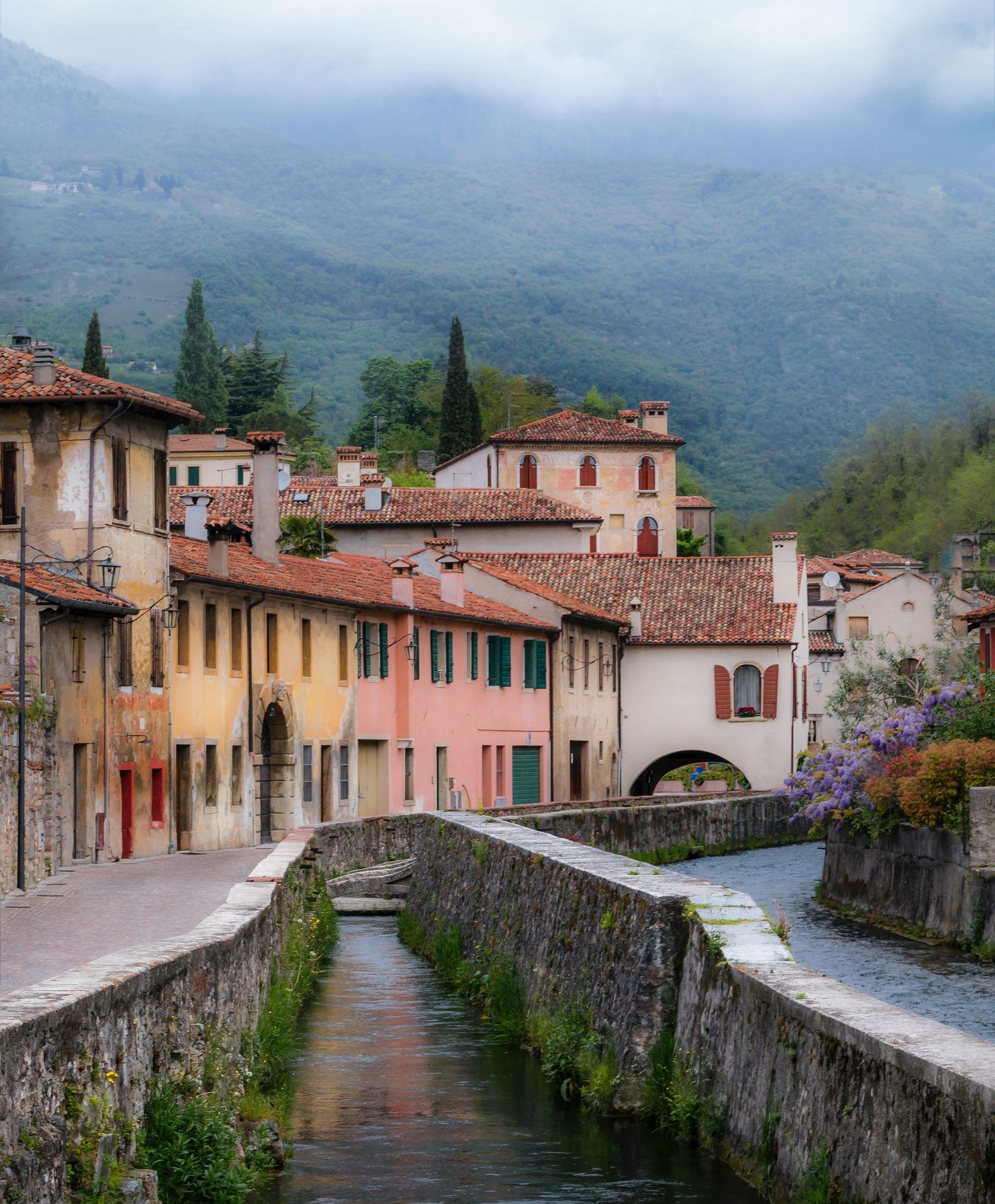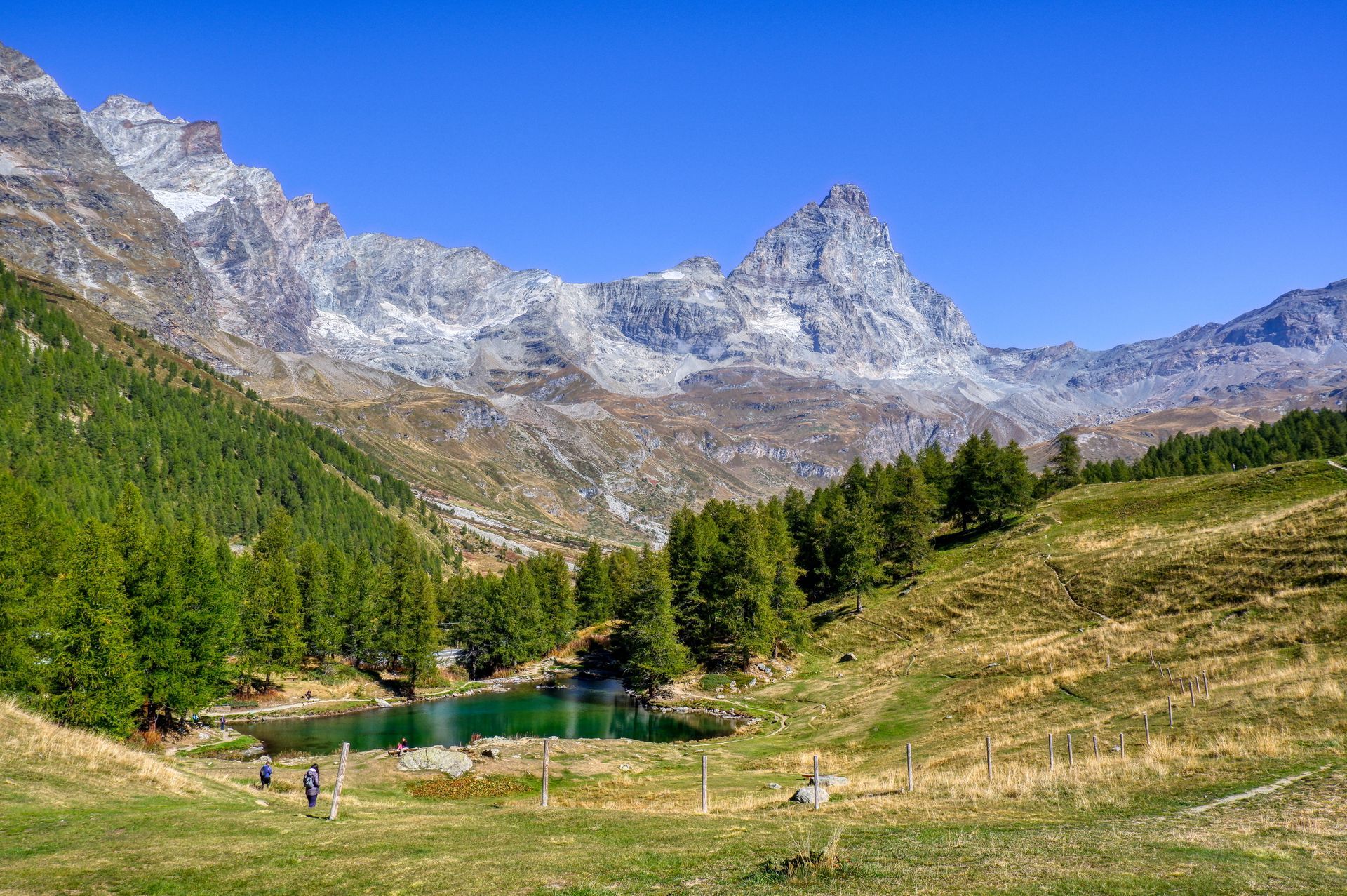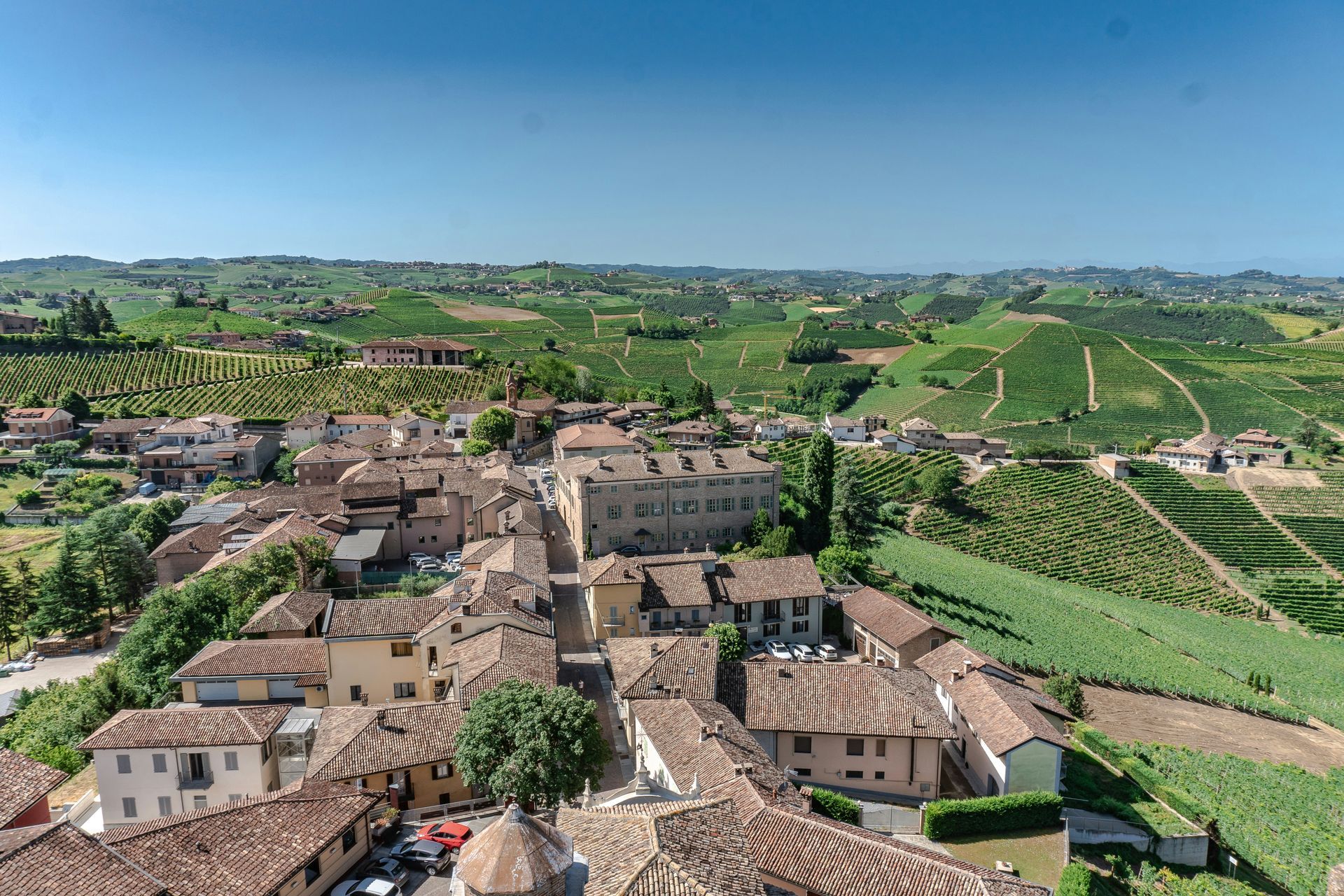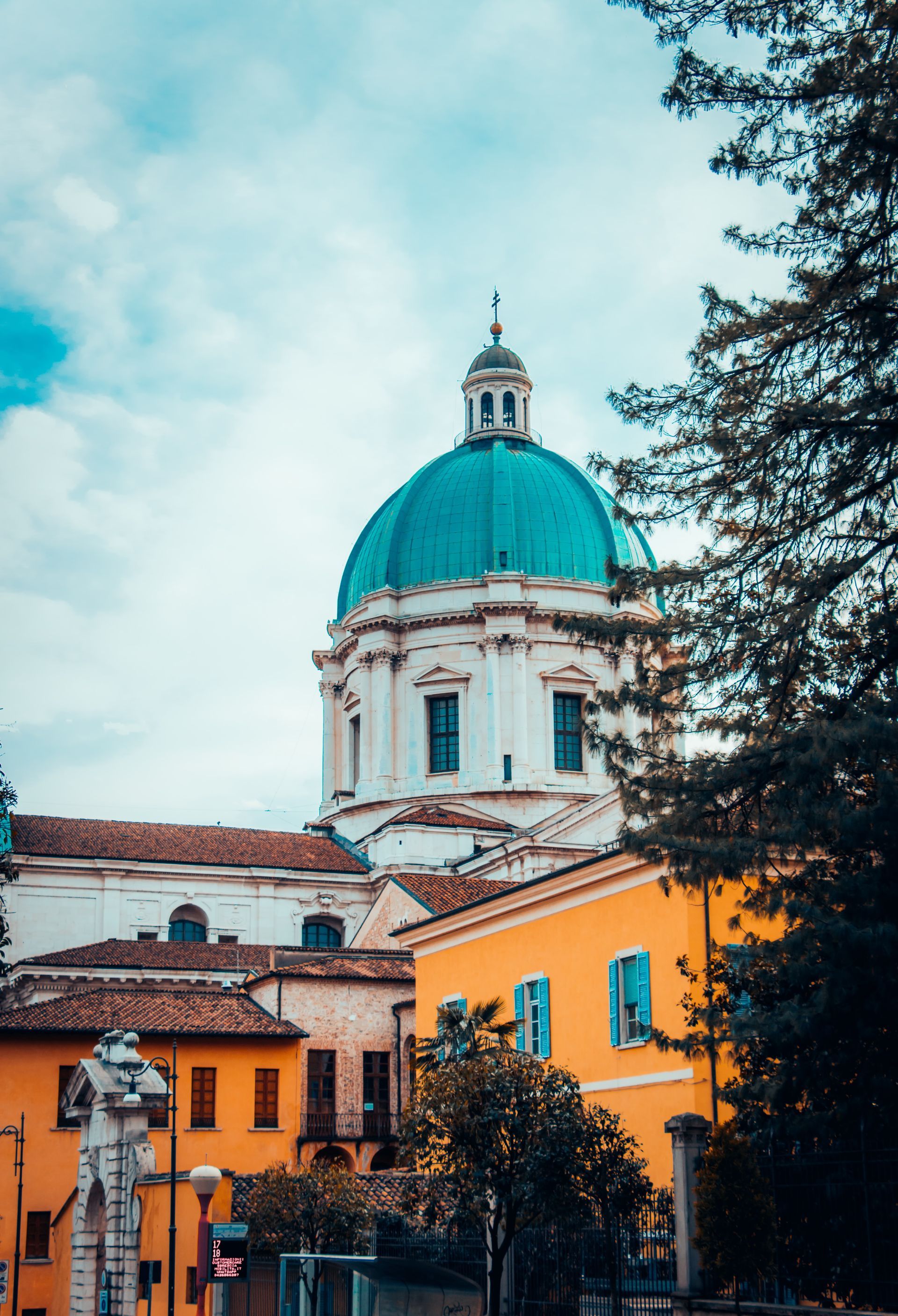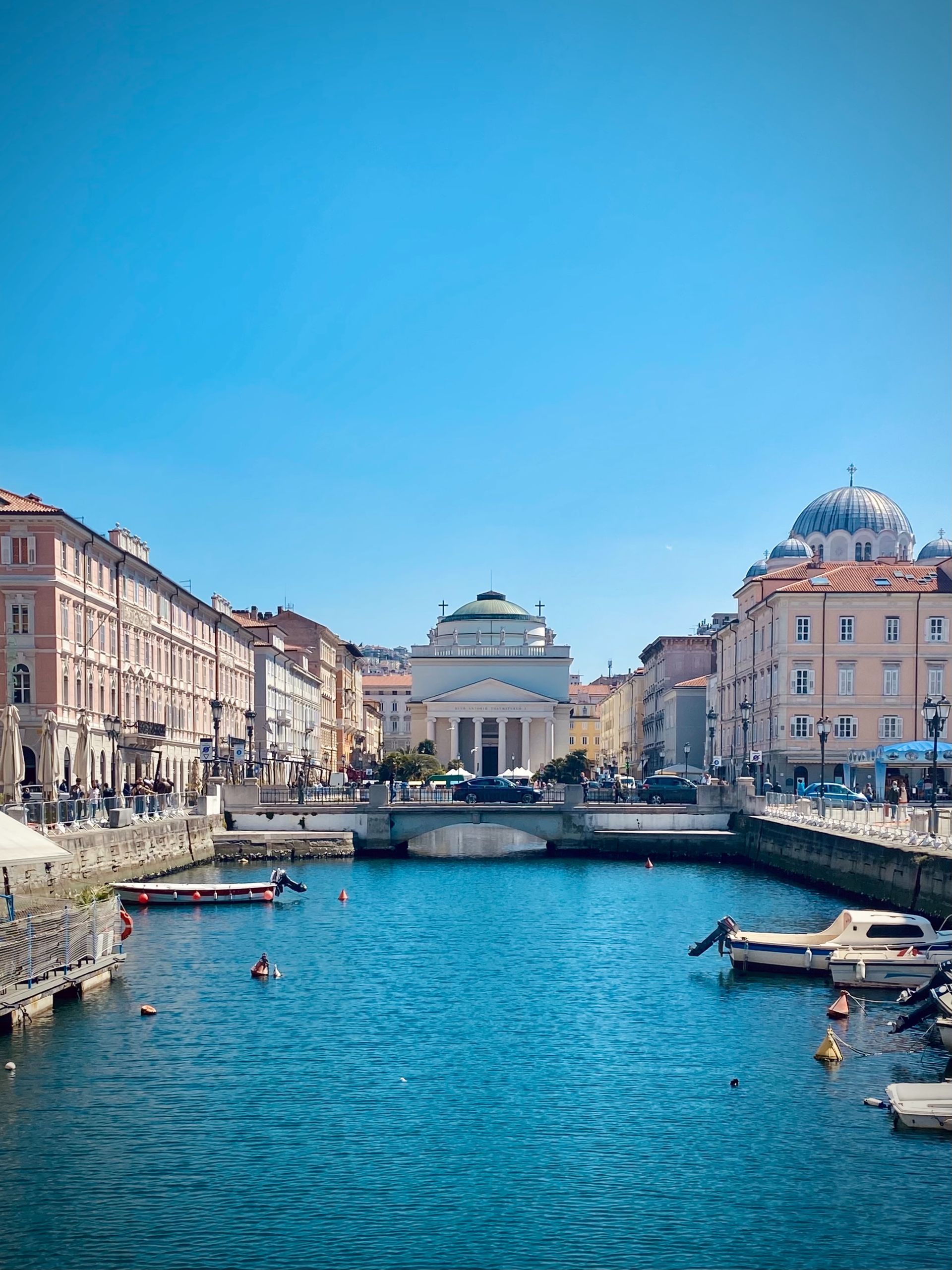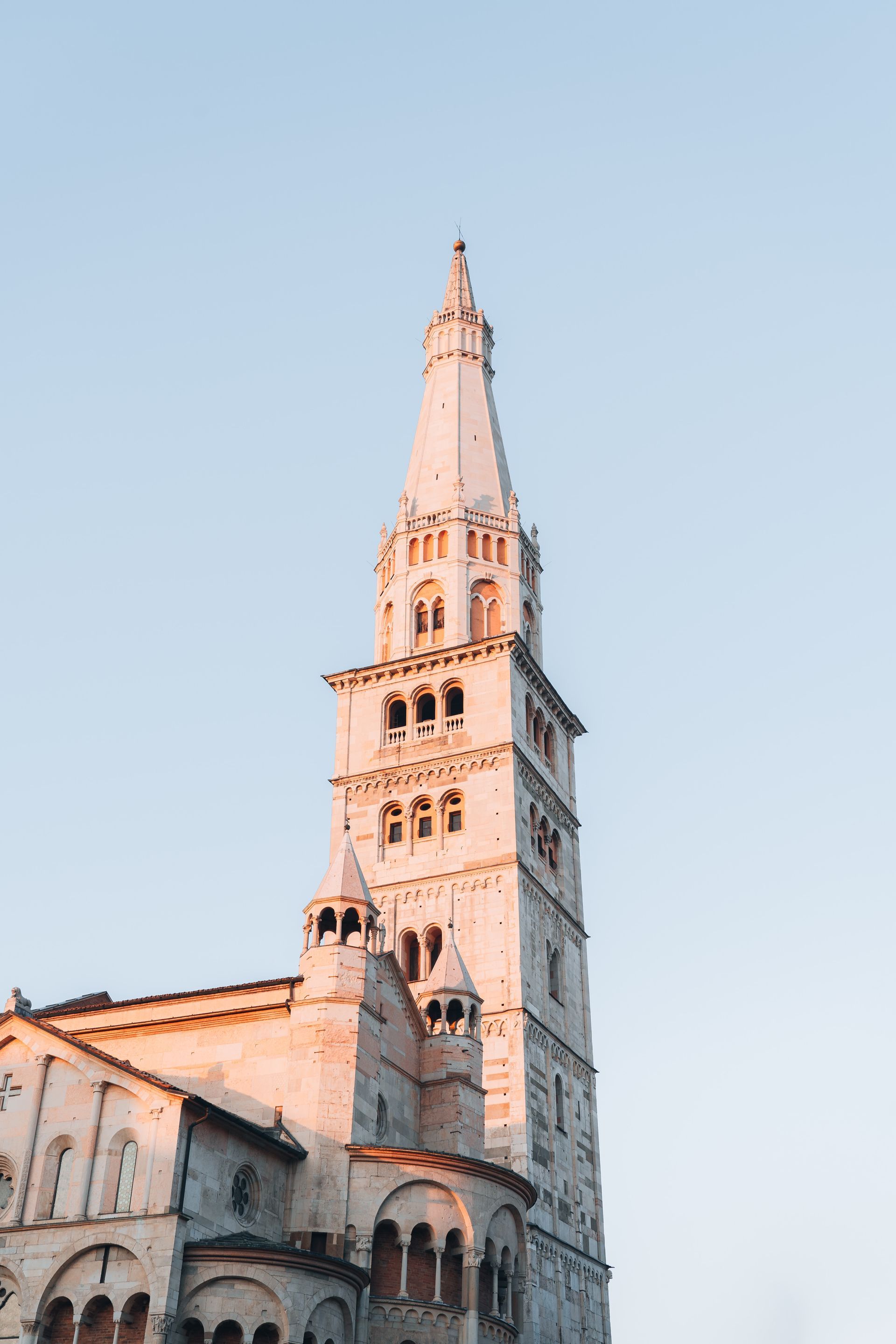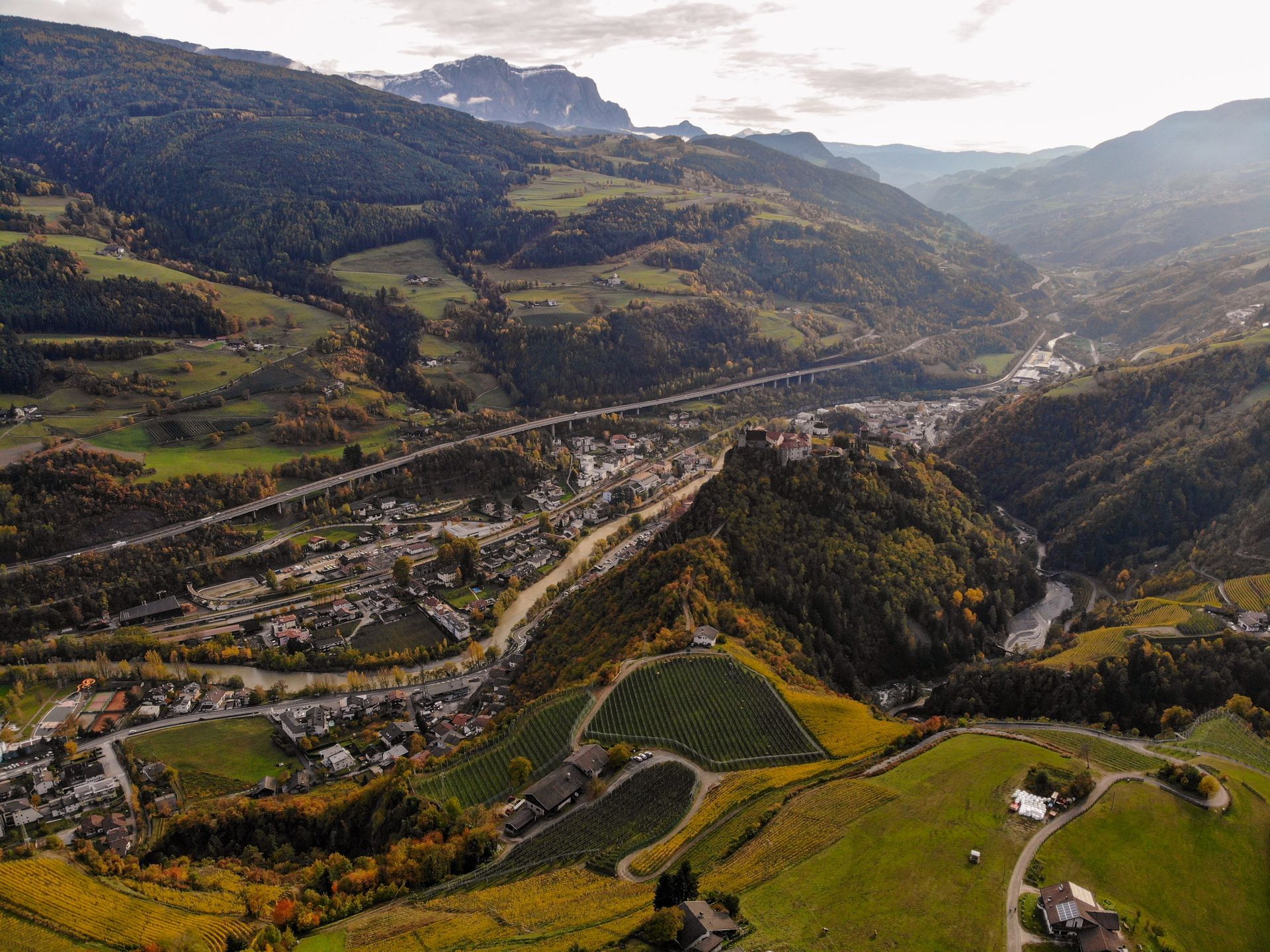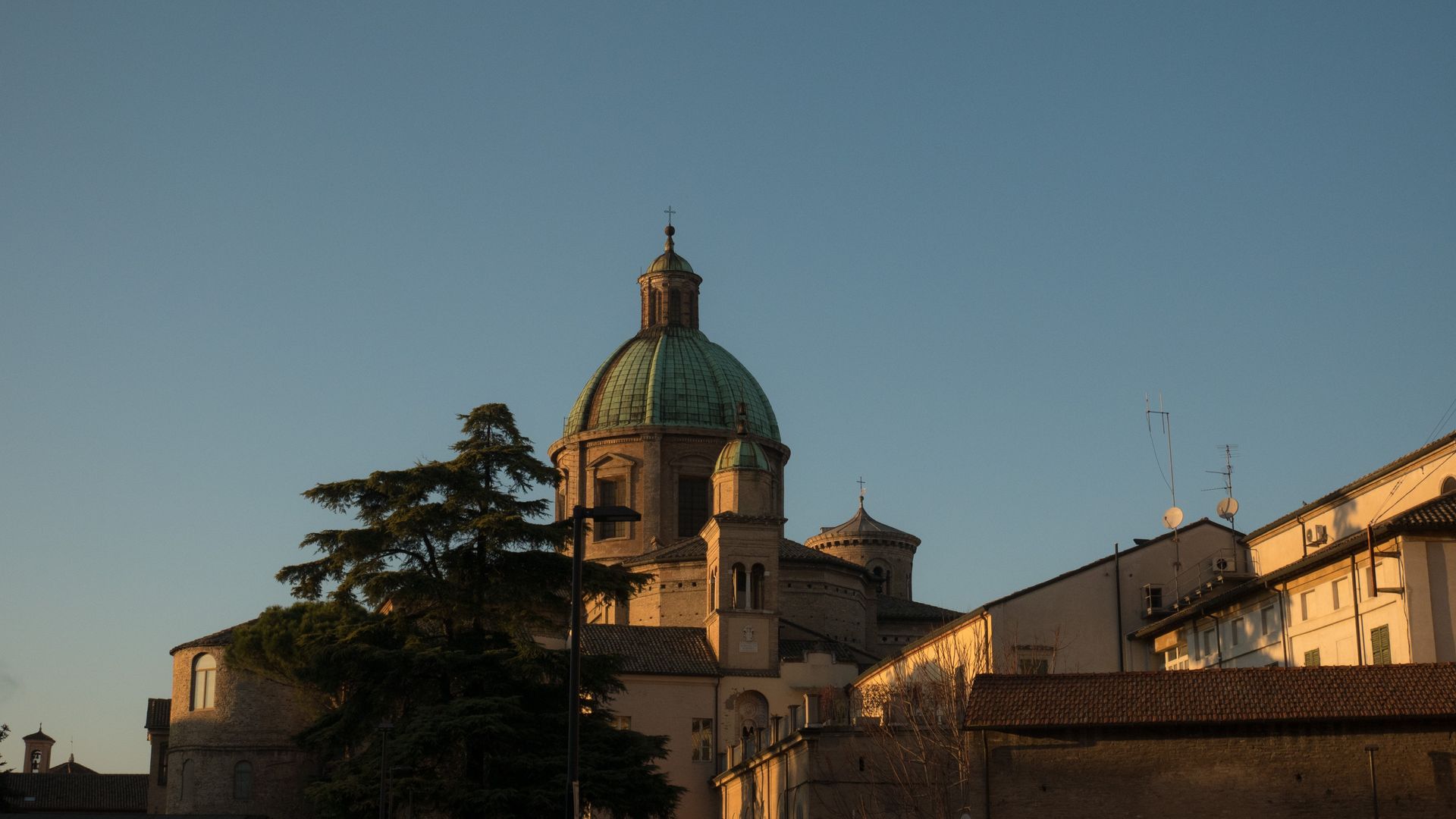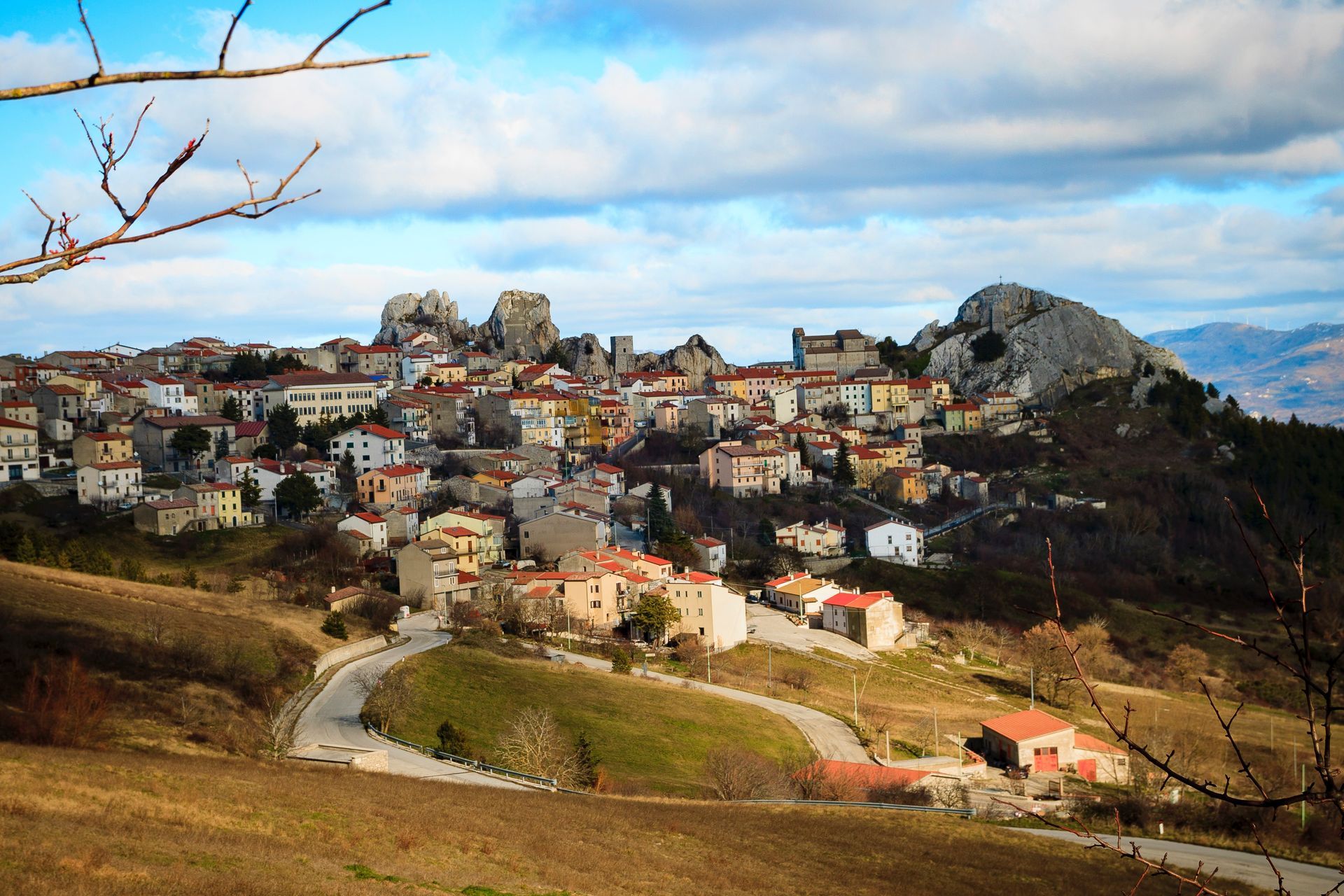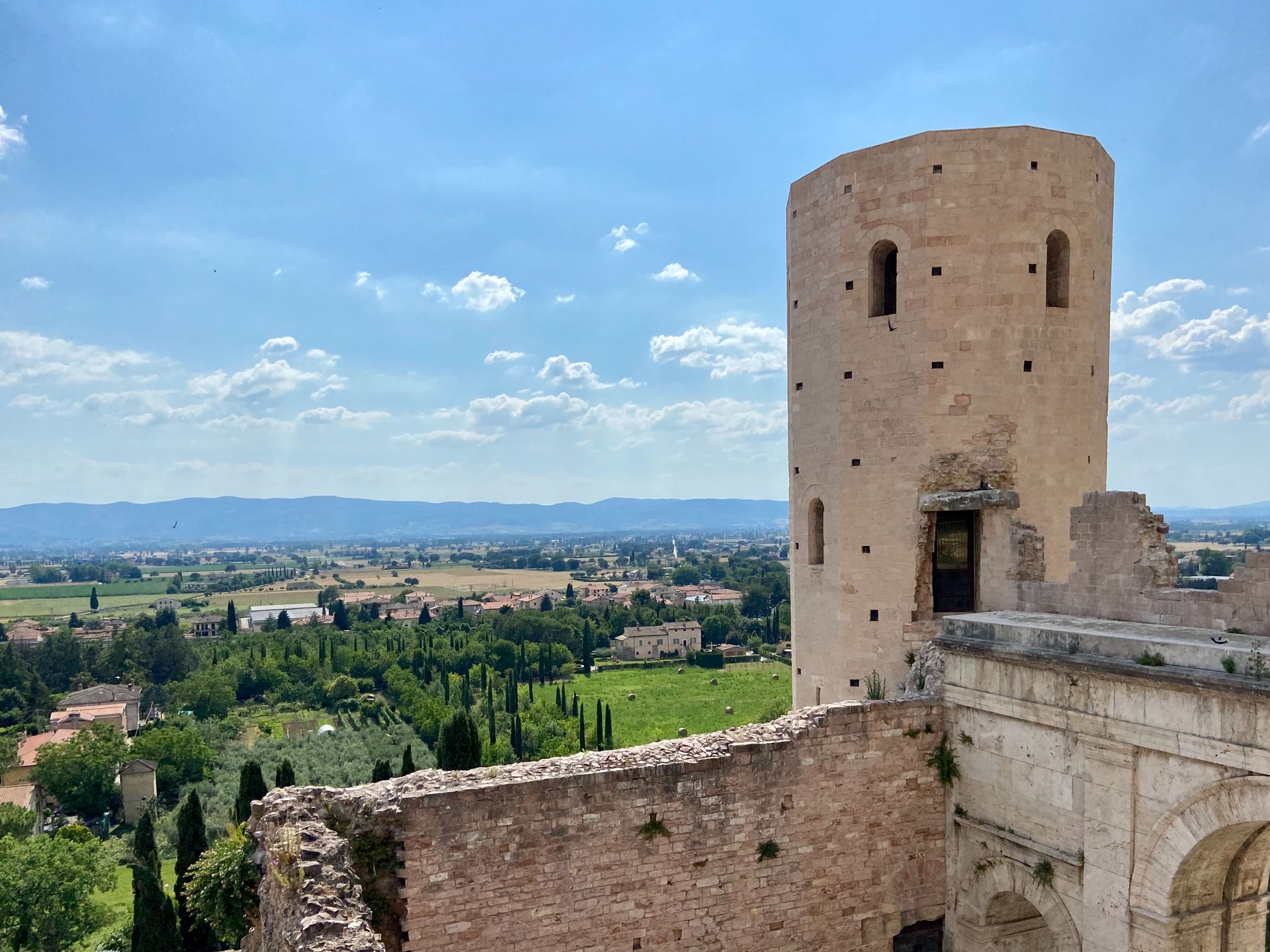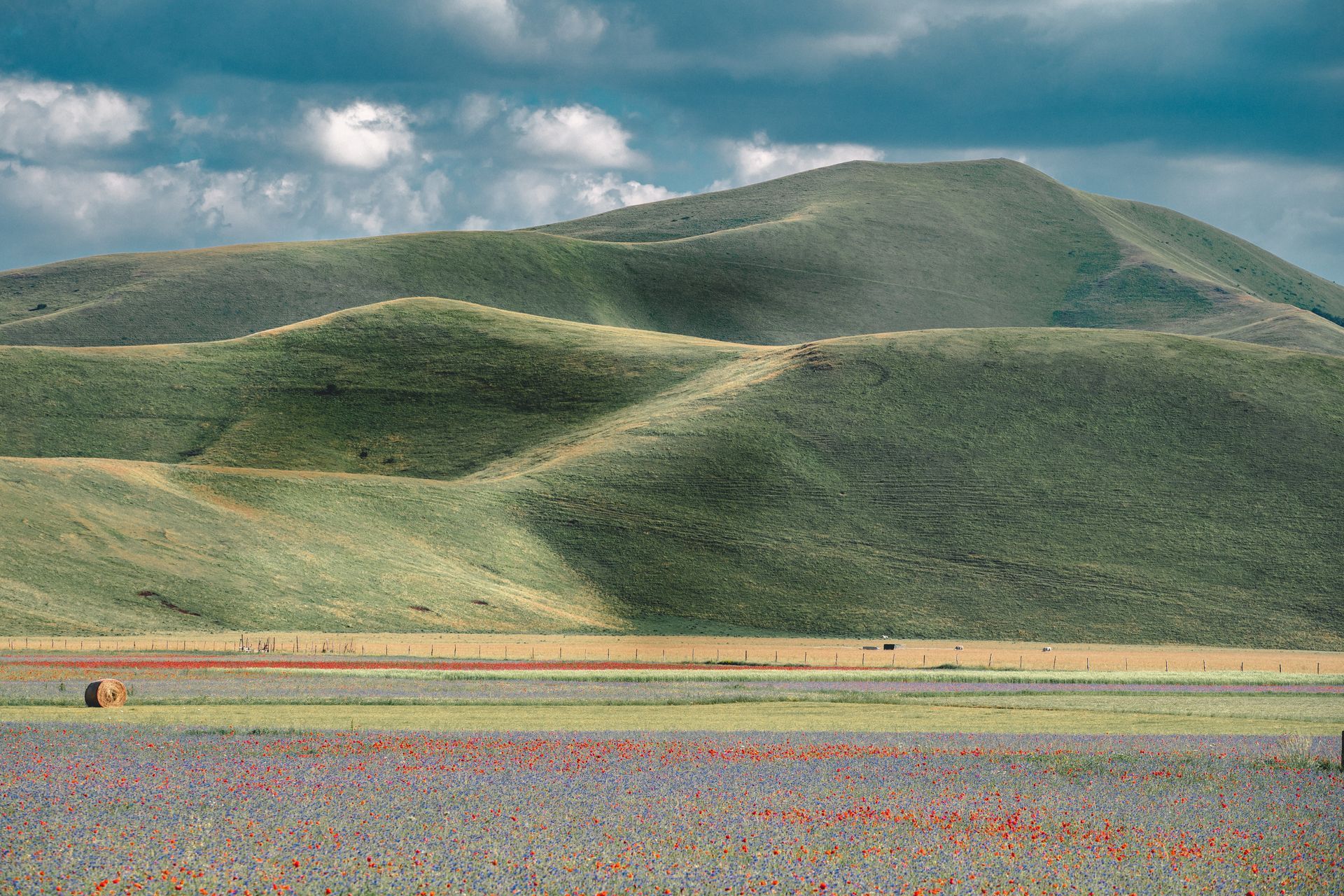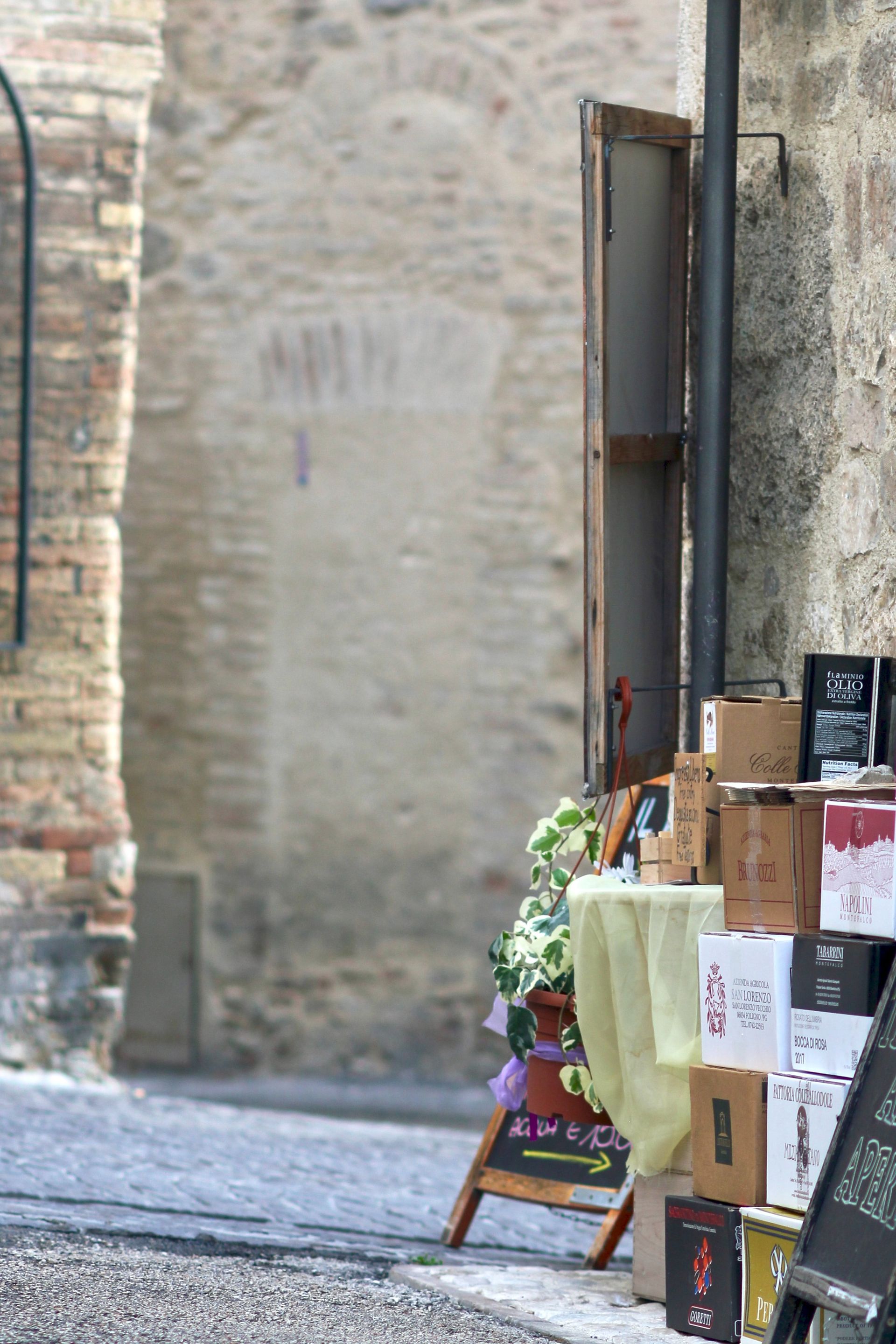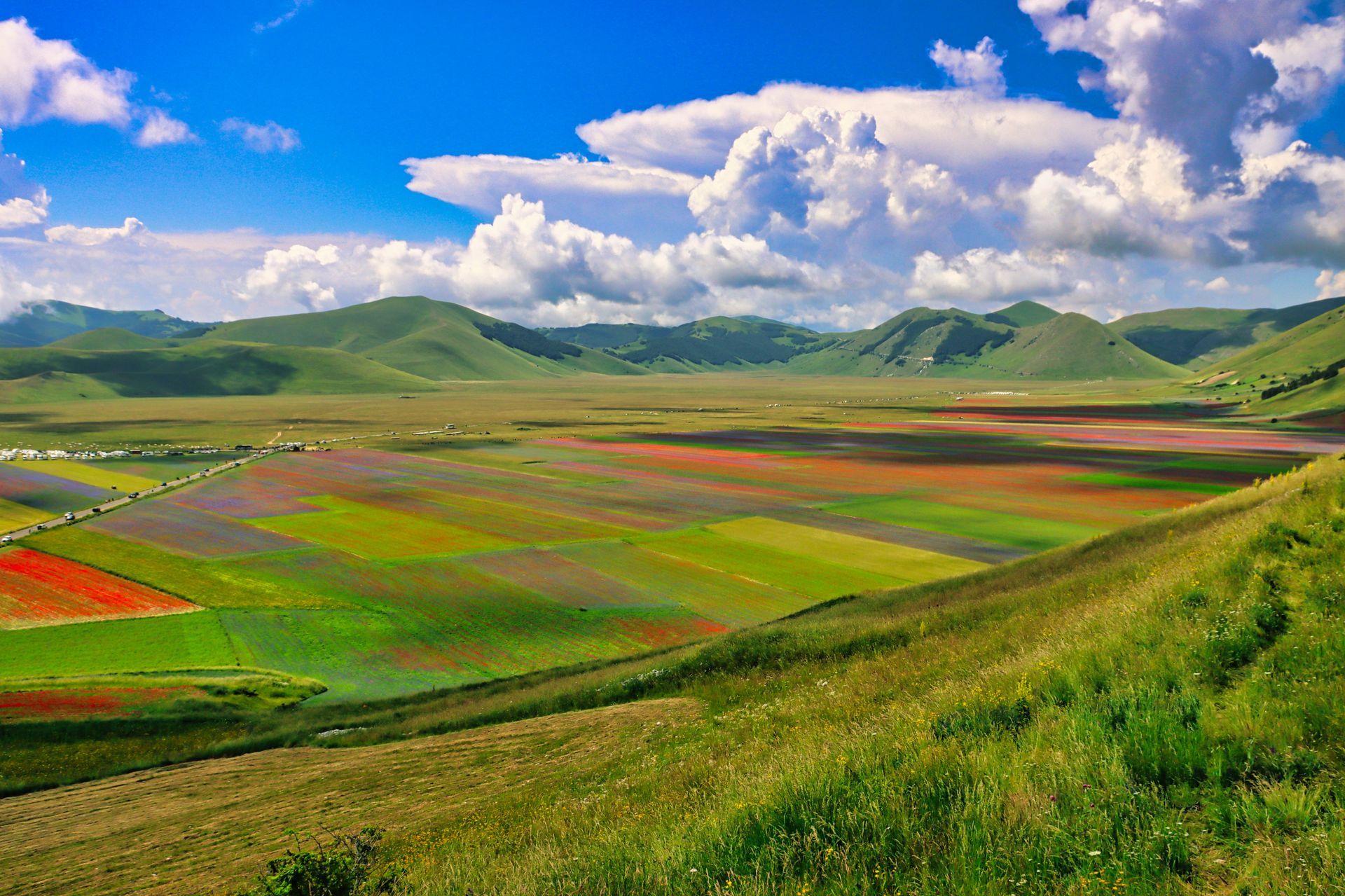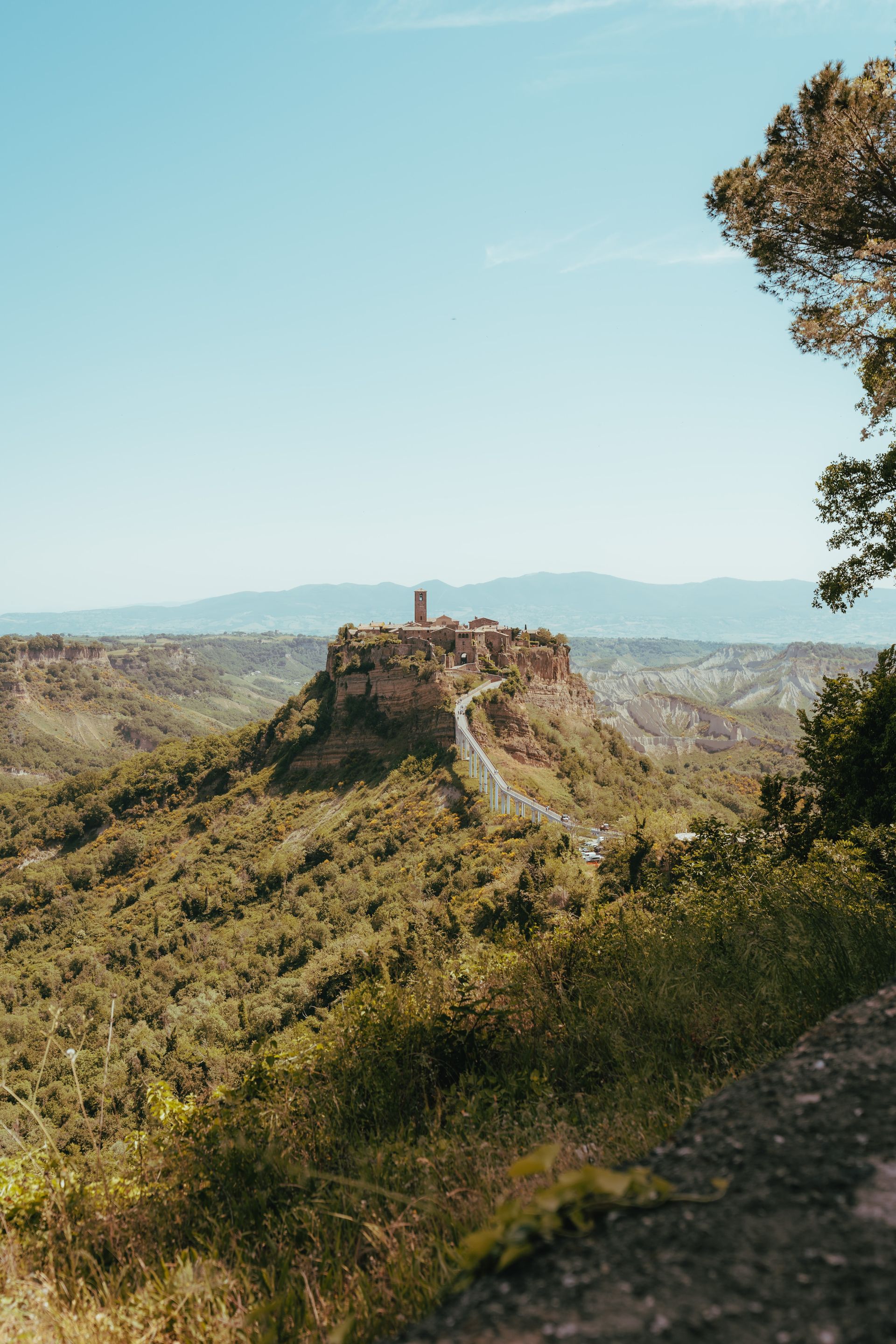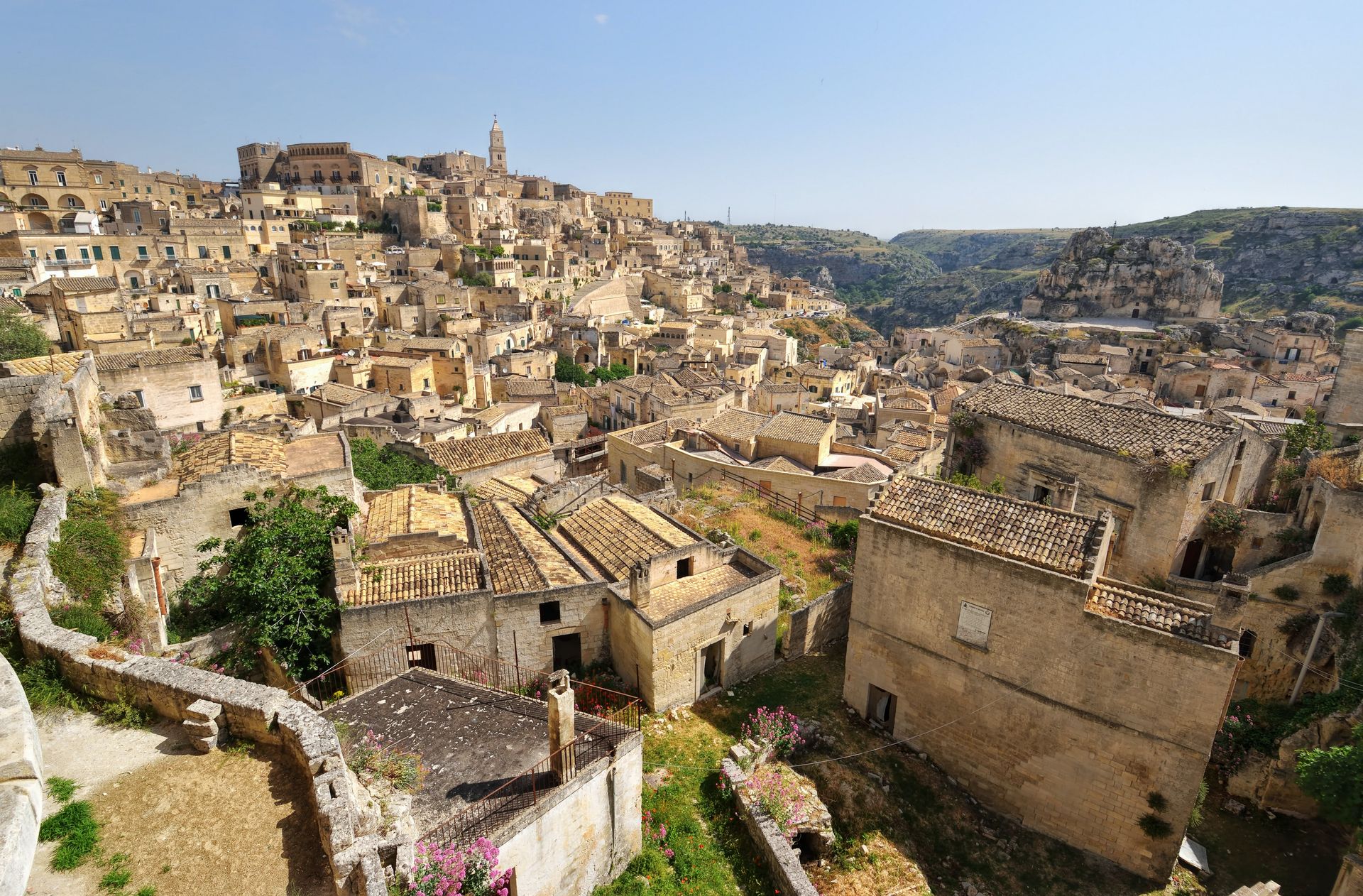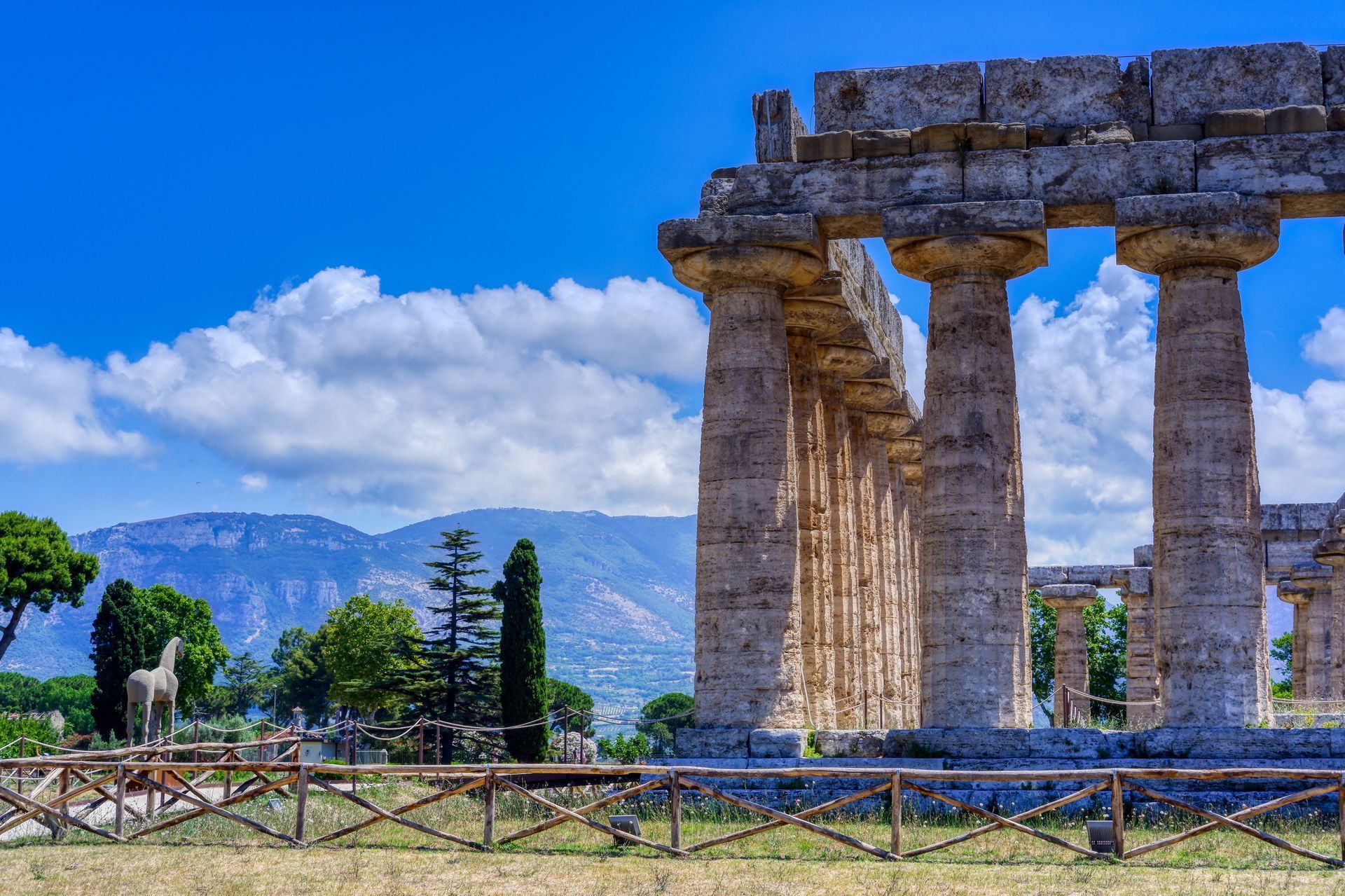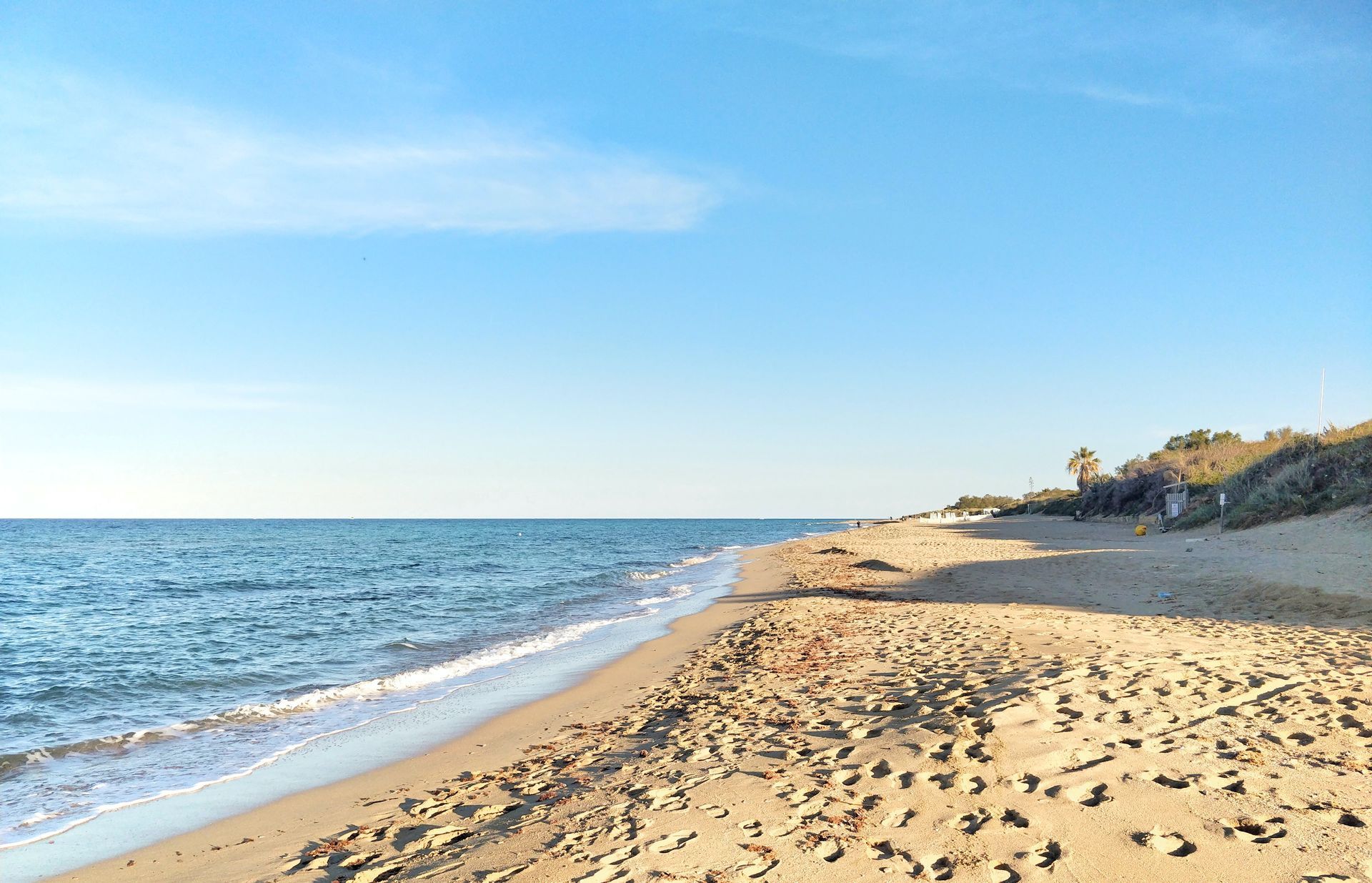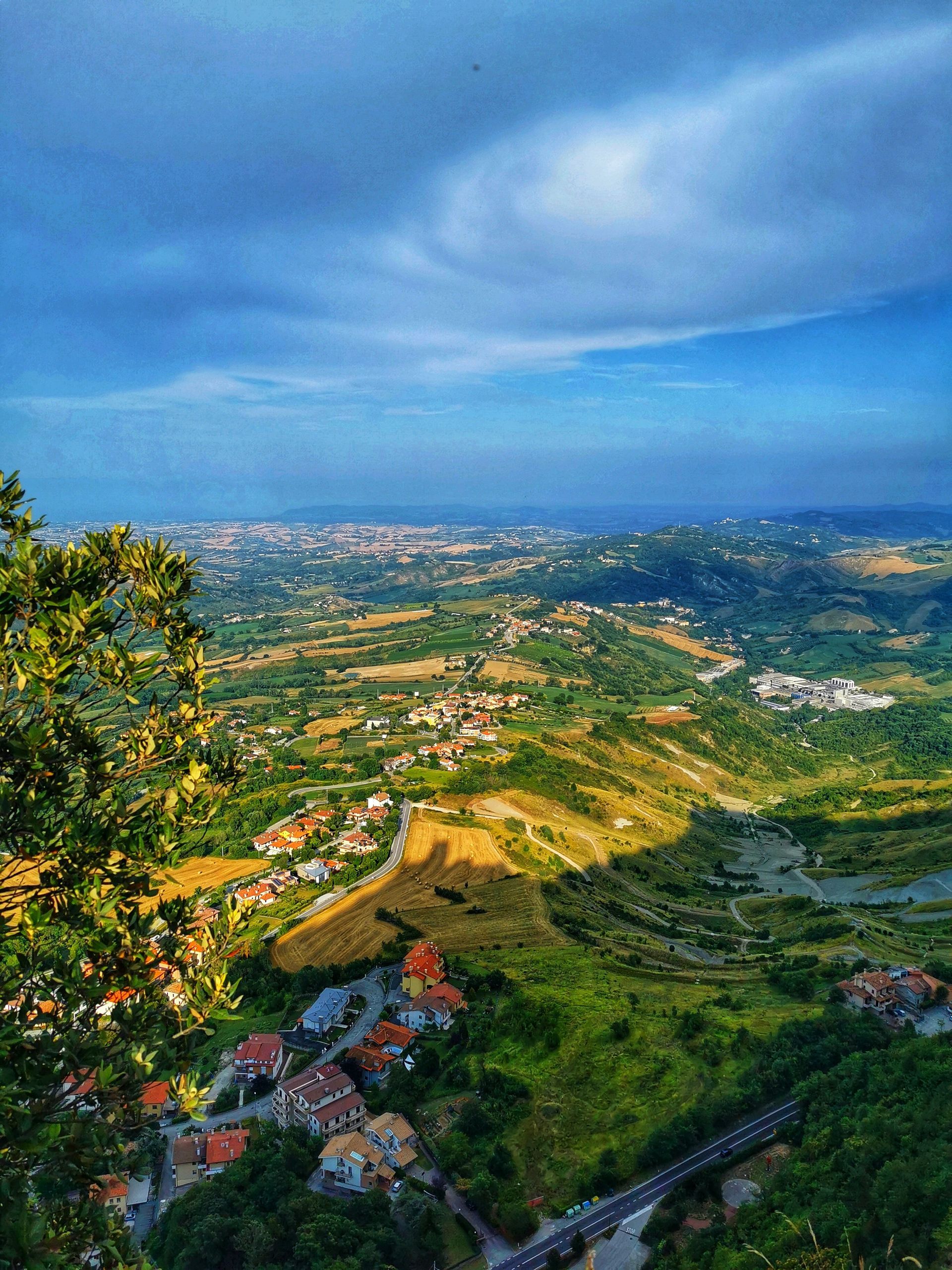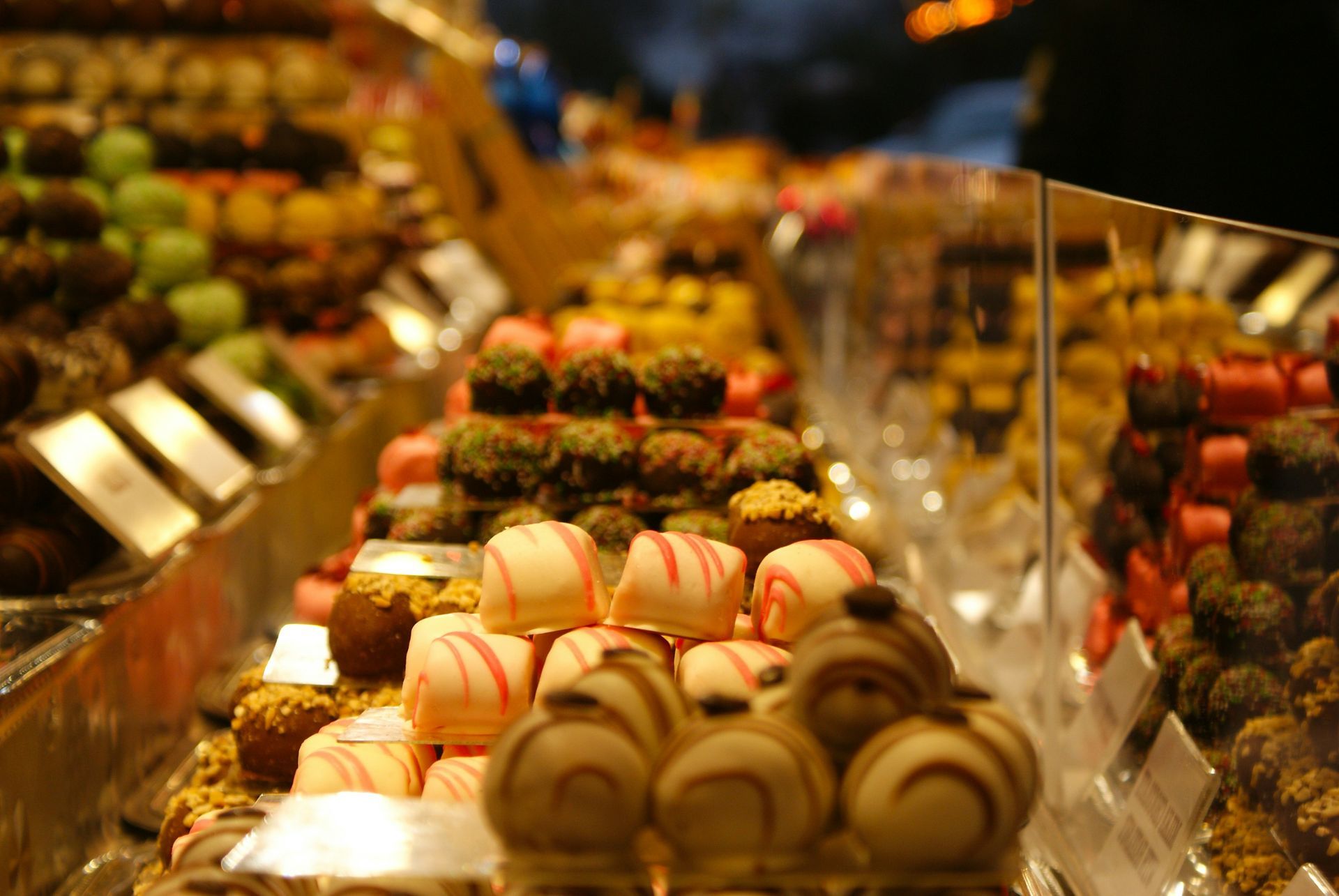Spreading Smile across the globe
Hidden Gems of Northern Italy
Hidden Gems of Italy are a testament to the country's diverse and enchanting beauty, often concealed from the traditional tourist routes. While Italy is celebrated for its iconic cities like Rome, Florence, Venice, and the Amalfi and Cinque Terre coasts, it's the lesser-known destinations that promise a unique journey. These unexplored regions offer travellers a chance to experience Italy's authentic culinary delights, rich historical narratives, and stunning natural landscapes. From the northern reaches to the southern shores, these Hidden Gems of Italy reveal a different facet of this remarkable nation.
Lake Orta - Piedmont
Hidden Gems of Italy come to life at Lake Orta, tucked away near the Swiss border in the heart of Piedmont. This hidden paradise often evades the spotlight compared to its more famous counterparts like Lake Como and Lake Garda. The historic town of Orta San Giulio, with its Baroque and Medieval architecture, cobbled streets, and idyllic Piazza Motta, enchants visitors. The glistening waters of the lake itself invite moments of serenity. What makes Lake Orta truly extraordinary is the mysterious island at its centre—a tranquil sanctuary inhabited by resident nuns.
Treviso - Veneto
Among the Hidden Gems of Italy, Treviso stands as a city in the Veneto region that retains its genuine northern Italian charm. Meandering through its narrow cobbled lanes, picturesque canals, and medieval city walls feels like a step back. Positioned on the fringes of the renowned Prosecco wine region, Treviso provides a delightful excuse for an aperitivo with a glass of Italy's renowned sparkling Prosecco.
Aosta Valley
Nestled among the bordering landscapes of Switzerland and France, the Aosta Valley showcases breathtaking alpine scenery, perched castles, and traditions that thrive throughout the year. When spring and summer arrive, the region's walking trails entice explorers. This season also brings lively festivals that celebrate folk traditions that date back to medieval times. Be sure to savour the local cheese Fontina, a culinary delight that embodies the spirit of this Hidden Gem of Italy.
Alba - Piedmont
Alba, a sought-after destination among Italy's hidden gems, is situated in the vineyards of the Langhe Hills. Once adorned with a hundred towers, Alba exudes a charming rural ambience. It's renowned for its autumn truffle festival, a gastronomic event that captures the essence of the region. Alba is also celebrated for its dark chocolate, hazelnut groves, white truffles, and prestigious wineries. It's from this very region that the sought-after Barolo wine originates.
Camogli - Liguria
Camogli, a typical and vibrant Italian seaside village on the Ligurian Riviera di Levante, perfectly embodies the spirit of the Hidden Gems of Italy. Towering, brightly painted houses dominate the town, and it has become a magnet for visitors seeking pristine beaches, Ligurian cuisine, the rustic fishing marina, Italian culture, and a tranquil natural setting. Camogli has earned its reputation for culinary excellence, focusing on fish and seafood, particularly anchovies and tuna, as well as the iconic pesto sauce made from basil and pine nuts.
Brescia - Lombardy
Hidden Gems of Italy often come alive through history, and Brescia is no exception. In this small city, history unfolds through a tapestry of architectural styles, spanning Roman, Medieval, Renaissance, Baroque, and even Art Deco. Walking through Brescia feels like a journey through time, and a visit to the captivating Piazza della Loggia, framed by a stunning Venetian-style palace at its heart, is a must for history enthusiasts.
Trieste
Trieste is a refreshingly unique destination, an Italian city positioned near the Slovenian border with its dialect that's a delightful blend of Austrian-German, Greek, Croatian, and Italian. Trieste's neoclassical waterfront is a sight to behold, with its marina brimming with stylish, glimmering yachts. The city's offerings include clear blue skies, expansive sandy beaches, city lidos, and the surrounding vineyards. Trieste is a Hidden Gem of Italy that belongs on every traveller's Northern Italian itinerary.
Modena - Emilia-Romagna
Modena is famed for its Hidden Gems of Italy, including balsamic vinegar, Luciano Pavarotti, the Romanesque cathedral, and the nearby Ferrari museum. Beyond these illustrious attractions, Modena reveals a treasure trove of remarkable restaurants. Massimo Bottura's Osteria Francescana has twice earned a place among the world's top 50 eateries, showcasing the culinary excellence of this Hidden Gem. While in Modena, don't miss the chance to savour local specialities like stuffed tortellini and sparkling Lambrusco wine, the perfect complement to your gastronomic journey.
Chiusa / Klausen - South Tyrol
Chiusa, also known as Klausen, is one of Italy's most picturesque villages. It is situated on the banks of the Isarco River in the South Tyrolean region near the Austrian border. Chestnut groves, green fields, vineyards, and farmsteads surround the town. In the village itself, visitors are captivated by narrow alleyways, coats of arms, large bay windows, crenellated facades, and the two main squares.
Ravenna - Emilia-Romagna
Ravenna offers a treasure trove of experiences among the Hidden Gems of Italy. This city is a feast for the senses, with its diverse offerings of food, music, art, culture, history, beaches, wine, and mosaics. Ravenna is home to eight UNESCO-listed sites, making it a must-visit for history and art enthusiasts. It's also known for its two-month-long music festival, Dante Alighieri's tomb, local culinary delights, nearby beach resorts, and the opportunity to explore pinewood forests. The city's fame is derived from its stunning mosaics, dating from the fifth and sixth centuries, scattered throughout the town.
In conclusion, Italy's Hidden Gems invite you to embark on a journey less travelled, where the rich tapestry of history, diverse cuisine, and breathtaking landscapes come to life. These lesser-known destinations provide an authentic Italian experience, away from the bustling crowds, revealing the nation's soul in its purest form. Explore these Hidden Gems to uncover Italy's hidden treasures.
Hidden Gems of Central Italy
Hidden Gems of Italy beckon the adventurous traveller to explore the lesser-known treasures that this remarkable country holds. From the picturesque valleys of Tuscany to the medieval charm of Umbria, the mysterious landscapes of Molise, and the architectural wonders of San Gimignano, these destinations promise unforgettable experiences.
Garfagnana - Tuscany
The Garfagnana region is a hidden gem in the beautiful Tuscan valley north of Lucca. It is crossed by the Serchio River, and the landscape is characterized by fertile greenery, rugged mountains, and charming villages. Outdoor activities such as hiking, walking, and mountain biking are enjoyed by many people in this area. Garfagnana is home to several one-of-a-kind attractions, including a ghost town, a wind cave, and the Devil's Bridge at Borgo a Mozzano.
Gubbio - Umbria
Umbria hides many treasures, and a particular favourite among Hidden Gems of Italy is the Medieval hilltop town of Gubbio. Gubbio, a city with a history dating back over 2,000 years, is a maze of cobbled streets and stone buildings that have been perfectly preserved. Visitors can take a cable car to the summit of Mount Ingino to enjoy panoramic views of the surrounding area. In addition, Gubbio hosts Italy's oldest event, the Corsa dei Ceri, in which teams race through the streets carrying massive wooden candles.
Molise
Molise is Italy's second-smallest region and one of its best-kept secrets. Hidden Gems of Italy are plentiful here. The picturesque town of Agnone is renowned for its artisanal bells, produced by the oldest family-run bell foundry in the world. Meanwhile, Campobasso, the regional capital, boasts a stunning medieval old town. Molise offers a captivating mix of historical charm and natural beauty, with rugged mountains, rolling hills, and pristine beaches along the Adriatic coast.
San Gimignano - Tuscany
Nestled in the heart of Tuscany, San Gimignano boasts medieval architecture and, of course, its famous towers. The town's historic centre is a UNESCO World Heritage site, known for its fourteen stone towers that once symbolised wealth and power. San Gimignano offers a glimpse into medieval Tuscany, with well-preserved streets and squares that transport visitors to another time. Besides the towers, make sure to explore the Collegiate Church and indulge in the local Vernaccia wine, a crisp white wine produced in the region.
Spello - Umbria
Another gem in the heart of Italy, Spello enchants visitors with its winding medieval streets and stunning floral displays. Known as the "Città Infiorata" or "flower town," Spello hosts the Infiorata festival, during which the streets are carpeted with intricate flower petal designs. This event occurs in early June and is a magnificent spectacle. Outside of the festival, Spello's charm continues with its well-preserved historic centre and beautiful churches.
Trulli of Alberobello - Apulia
Apulia, or Puglia, is famous for its unique trulli houses, and Alberobello is the epicentre of this architectural marvel. These whitewashed conical homes are a UNESCO World Heritage Site that offers a glimpse into the region's history. Visitors can even stay in trulli that have been converted into accommodations, providing a truly immersive experience.
Norcia - Umbria
Nestled in the Sibillini Mountains, Norcia is renowned for its gastronomy. This charming town produces exceptional cured meats, particularly prosciutto and salami. For food enthusiasts, Norcia is a true Hidden Gem of Italy. Explore local shops, taste the region's specialities, and visit the beautiful town square. Nature enthusiasts will also find hiking trails and natural beauty in the nearby Monti Sibillini National Park.
Montefalco - Umbria
Montefalco is often called the "Balcony of Umbria" for its stunning views over the surrounding valley. This charming town is also known for its wine, particularly Sagrantino, one of Italy's most robust red wines. Montefalco's medieval centre is picturesque and hosts several churches with remarkable frescoes, making it a cultural and gastronomic gem.
Castelluccio di Norcia - Umbria
High in the Sibillini Mountains, Castelluccio di Norcia is a quaint village known for its stunning wildflower blooms in late spring and early summer. The surrounding plateau becomes a colourful tapestry, attracting photographers and nature enthusiasts. Besides the flowers, visitors can enjoy hiking and take in the breathtaking scenery. Hidden Gems of Italy like Castelluccio di Norcia provide a unique connection to nature and the changing seasons.
In the heart of Italy, a treasury of Hidden Gems awaits the intrepid traveller. From the mysterious ghost town of Garfagnana to the ancient charms of Gubbio, the enchanting landscapes of Molise, and the medieval splendours of San Gimignano, these lesser-known destinations reveal Italy's diverse beauty and rich history. Journey through the tranquil streets of Spello, marvel at the unique trulli houses in Alberobello, savour the culinary delights of Norcia, and bask in the vibrant blooms of Castelluccio di Norcia. These Hidden Gems of Italy promise an unforgettable adventure in a land of timeless wonder.
Hidden Gems of Southern Italy
Italy, a land of rich history, captivating art, and exquisite cuisine, is known for its iconic cities and world-famous landmarks. Despite the tourist-filled streets and crowded piazzas, the country holds many hidden gems—lesser-known destinations that offer a more intimate and authentic experience. These places, tucked away in various corners of Italy, are a testament to the nation's diverse and enchanting beauty, waiting to be explored by the discerning traveller. From medieval towns perched atop hills to charming coastal villages and ancient archaeological sites, the Hidden Gems of Italy promise unique adventures and unforgettable memories.
Civita di Bagnoregio - Lazio
Civita di Bagnoregio is often called the "Dying Town" because of its gradual erosion over the centuries. This medieval village is perched on a hilltop and can only be reached by a long footbridge. It's a unique destination, seemingly suspended in time, and is the perfect Hidden Gem for history buffs and photographers.
Matera - Basilicata
Matera, known for its cave dwellings, is one of Italy's most intriguing and unique destinations. The Sassi di Matera, a historic cave settlement, is a UNESCO World Heritage Site. Matera is gaining popularity but still qualifies as one of the Hidden Gems of Italy. Touring this labyrinth of stone-carved rooms and narrow streets offers an incredible historical journey.
Sperlonga - Lazio
Sperlonga is a charming coastal town characterized by its pristine beaches, winding alleys, and picturesque piazzas. Nestled between Rome and Naples, Sperlonga is often overlooked by travellers. A visit here reveals a relaxed and authentic Italian atmosphere, perfect for strolls and seaside relaxation. Take advantage of the Grotto of Tiberius, a cave once used as the emperor's villa and now a museum.
Paestum - Campania
The ancient ruins of Paestum, originally a Greek colony known as Poseidonia, provide an extraordinary window into Italy's history. The temples are exceptionally well-preserved, ranking among the best-preserved in the world. Paestum is also home to a fascinating archaeological museum that displays artefacts from the site. Enjoy a step back in time amid the Hidden Gems of Italy.
Castro - Apulia
Castro, a picturesque coastal town, boasts a historic centre perched on a rocky outcrop. Visitors can explore ancient churches, fortifications, and a charming harbour. Castro also has sea caves that can be explored by boat. The region's cuisine is a seafood lover's paradise, making this town a Hidden Gem for food enthusiasts as well.
Scilla - Calabria
Scilla, an idyllic coastal village in Calabria, offers stunning sea views and hidden beaches. The town is known for the Ruffo Castle, which dominates the landscape, and the legendary sea monster Scylla from Greek mythology. The charming village is a serene and lesser-known alternative to some of the more crowded Italian seaside destinations.
San Marino
San Marino is a microstate surrounded by Italy and is one of the world's oldest republics. It's a destination that's often missed, making it a true Hidden Gem. San Marino boasts dramatic mountaintop views, historic architecture, and unique attractions like the Guaita Tower and the Palazzo Pubblico. For collectors, the country is also known for its beautiful stamps and coins.
Conclusion
Discovering the Allure of Hidden Gems of Italy
Hidden Gems of Italy offers travellers an authentic experience, far removed from the tourist-packed cities and famous landmarks. These lesser-known destinations unravel the genuine charm, culture, history, and culinary wonders that make Italy an endlessly fascinating country to explore. From the mountains of the North to the coasts of the South, each region holds its treasures, waiting to be discovered by those who venture off the beaten path. By exploring the Hidden Gems of Italy, you can craft a unique and unforgettable journey that deepens your appreciation of this incredible country. Plan your trip carefully, and you will be rewarded with the beauty, history, and flavours that characterize these enchanting places.
A Taste of Tradition:
Hungarian Cuisine and Culture
Hungary’s culinary landscape is a journey through rich traditions, deep flavors, and heartfelt hospitality. Hungary cuisine is renowned for its bold use of paprika, hearty dishes, and a perfect blend of Eastern and Western European influences that shape each meal into a unique experience. From savory stews and soups to delicate pastries and iconic desserts, Hungarian food captures the essence of the country's culture and history. Beyond the famous gulyás (goulash), a traditional meat and vegetable stew, Hungary offers a variety of regional specialties, showcasing the diversity that exists within its borders.
Dining in Hungary is more than just eating; it’s an immersion into the country's spirit, with each dish reflecting centuries-old customs and cherished family recipes passed down through generations. Whether you're exploring bustling markets, tasting wine from the scenic vineyards of Tokaj, or enjoying a meal at a cozy local tavern, Hungary cuisine invites you to savor every moment. This guide will uncover the most beloved flavors, dishes, and culinary traditions that make Hungary a must-visit destination for any food enthusiast.
The Heart of Hungary Cuisine: Paprika and Comfort Food
One of the cornerstones of Hungary cuisine is the use of paprika, a spice that has become synonymous with Hungarian cooking. Paprika is found in almost every dish, from goulash to stews, adding a rich, smoky flavor that is both warming and comforting. The famous gulyás (goulash) is often considered Hungary’s national dish. Made with tender beef, vegetables, and paprika, this dish is a perfect reflection of the Hungarian love for simple yet satisfying meals. Traditionally, it’s cooked slowly, allowing the flavors to meld together, resulting in a rich, savory broth.
Another classic is pörkölt, a meat stew often served with dumplings or potatoes. The difference between gulyás and pörkölt is mainly in the consistency, with pörkölt being thicker and heartier. While both dishes have paprika at their core, pörkölt often uses pork, beef, or chicken, making it another staple in Hungarian homes.
Hungarian Pastries: Sweet and Savory Delights
Hungary is also famous for its pastries, offering a mix of sweet and savory treats that are irresistible. Chimney cake (or kürtőskalács) is a sweet, doughy pastry that’s traditionally baked over an open flame. Coated in sugar and cinnamon, it’s crispy on the outside and soft on the inside. Street vendors and bakeries across Hungary serve this delight, making it a popular snack among locals and tourists alike.
Then there’s dobos torte, a luxurious Hungarian cake consisting of thin layers of sponge cake, chocolate buttercream, and caramel topping. It’s a Hungarian classic that has stood the test of time, reflecting the country's fondness for indulgent sweets. Additionally, rétes (Hungarian strudel) is another beloved pastry, often filled with apple, cherry, or poppy seeds, giving it a delightful sweetness balanced by its buttery, flaky crust. Enjoy Hungary cuisine!
A Rich Cultural Experience
Hungarian cuisine is more than just food; it’s an integral part of the country’s culture and traditions. Meals are often seen as an occasion to gather and celebrate with family and friends. In Hungary, food plays a central role in festivals, celebrations, and even daily life. From the grandest holidays to the simplest dinners, food brings people together.
For example, mákos guba, a poppy seed dessert, is traditionally made during Christmas and other special occasions. Likewise, during Easter, tócsni (potato pancakes) and various egg dishes are commonly enjoyed, celebrating both the season and the Hungarian traditions.
Drinks also play an essential part in Hungarian culture. The famous Hungarian wine regions, such as Tokaj and Eger, produce some of the best wines in Europe. Tokaji wine, in particular, is a symbol of Hungarian winemaking, often enjoyed alongside meals. The sweet tokaji aszú is considered one of the world’s finest dessert wines, with its honeyed, fruity flavors complementing the country’s savory dishes perfectly. Enjoy Hungary cuisine!
Dining Experience: The Hungarian Way
A typical Hungarian meal is a leisurely affair, where people enjoy each course with conversation and laughter. Hungarians love to start with hearty soups, followed by a main course of meat and vegetables. Vegetarians can find a variety of dishes, though meat plays a central role in most meals, whether it's beef, pork, or chicken. Hungary’s love for meats also extends to charcuterie, where kolbász (Hungarian sausages) is often enjoyed as a snack or appetizer.
No matter where you dine—whether at a traditional Hungarian restaurant or a family home—the experience will always include generous servings, deep flavors, and, most importantly, the warm hospitality for which Hungary is known. Enjoy Hungary cuisine!
Street Food Culture
Hungary’s street food scene has also evolved in recent years, offering a mix of traditional dishes with a modern twist. Vendors serving classic Hungarian snacks like langos (fried dough topped with cheese, sour cream, or garlic) and kürtőskalács (chimney cake) are common sights in Budapest’s bustling squares. Eating these iconic foods is a great way to immerse yourself in the local culture and experience Hungary cuisine in a more casual, authentic setting.
A Culinary Journey for the Senses
Hungary cuisine is deeply tied to its cultural heritage and history, blending flavors from the Magyar, Turkish, Austrian, and Slavic influences. The love for paprika, the warmth of stews, and the sweetness of pastries all combine to tell the story of a nation proud of its culinary traditions.
Exploring Hungarian food isn’t just about eating—it’s about experiencing the country’s history, its people, and its customs. So, whether you’re enjoying a hearty bowl of gulyás or sipping on a glass of Tokaji wine, a taste of Hungary is sure to leave you with unforgettable memories.
For anyone looking to dive deep into Hungary cuisine, there’s no better way to do so than by embracing the local culture, savoring every bite, and celebrating the nation’s passion for food.
A Feast for the Senses: Hungarian Markets
No exploration of Hungary cuisine is complete without a visit to one of the country's vibrant markets, especially in Budapest. The Central Market Hall (Nagy Vásárcsarnok) is one of the most iconic places to experience the hustle and bustle of local life while indulging in Hungarian food. Here, you’ll find rows of stalls brimming with fresh produce, cured meats, artisan cheeses, and an array of spices, including paprika in every imaginable form. Many local foods are on display here, from smoked sausages to sweet pastries, and it’s the perfect spot to grab some traditional Hungarian ingredients to take home.
For food lovers, exploring the market is like stepping into a treasure trove of Hungarian culinary history. Many vendors offer ready-to-eat meals such as lángos (fried dough with a variety of toppings), pörkölt, and fresh bread. You can also sample Hungarian cheeses, pickled vegetables, and hearty stews, all served with a side of warm hospitality from the friendly market vendors.
The Role of Festivals in Hungarian Cuisine
Hungarian food is often tied to its festivals, where culinary traditions come to life. One of the most famous events is the Budapest Wine Festival, where you can sample the finest wines from Hungary’s numerous wine regions, including Tokaj, Eger, and Villány. These festivals allow visitors to pair Hungarian wines with traditional dishes, such as hortobágyi palacsinta (savory pancakes filled with meat), and enjoy the local food scene in a celebratory atmosphere.
The Hungarian Autumn Festival also highlights the importance of food, with street food markets and cultural performances offering a full sensory experience. These festivals showcase Hungary's love for food and its deep connection to the seasons, with dishes often prepared with ingredients that reflect the time of year. Whether it’s a summer festival featuring fresh fruits and vegetables or a winter event with hearty meats and stews, Hungary’s culinary offerings are as diverse as its culture. Enjoy Hungary cuisine!
Regional Specialties: Hungary’s Culinary Diversity
While paprika may be the star of Hungarian cuisine, the country’s diverse geography offers a wide array of regional dishes that are unique to different parts of Hungary. For example, in Transylvania (now part of Romania), you'll find a strong influence of Romanian and Hungarian flavors. Dishes like sarmale (stuffed cabbage rolls) and mămăligă (cornmeal porridge) reflect the region’s mix of cultures and culinary history.
In the southern part of Hungary, particularly in the Great Plain, halászlé (fisherman’s soup) is a must-try. This spicy, fish-based soup is often made with carp or catfish from the nearby rivers, and it's served with freshly baked bread. The intense flavors of halászlé are perfectly balanced by the smokiness of paprika, making it an unforgettable dish.
In the region of Eger, known for its famous red wine, Egri Bikavér (Bull’s Blood), you’ll also find hearty dishes that complement the wine, such as lecsó, a vegetable stew with peppers, onions, and tomatoes, often served with sausage. Enjoy Hungary cuisine!
Hungary Cuisine: A Cultural Experience in Every Bite
Hungarian food is not just about filling your stomach; it’s about embracing the culture, celebrating the seasons, and connecting with the country’s history. The meals are often shared with family and friends, creating lasting memories of joy and camaraderie. Food in Hungary is an expression of hospitality, culture, and love for one’s heritage. The act of cooking and sharing meals is an intimate part of Hungarian life, passed down through generations.
Whether you're enjoying a traditional Hungarian stew in a local restaurant, savoring a glass of wine in a vineyard, or sampling sweet pastries at a bakery, Hungary cuisine invites you to experience the country’s warmth and depth. Every dish tells a story, and every meal is a step closer to understanding Hungary’s fascinating culture.
Hungarian Drinking Culture: Pálinka and More
No discussion of Hungary cuisine would be complete without mentioning its famous spirits. Hungary is renowned for its fruit brandy, known as pálinka. This strong, fruit-based spirit is made from a variety of fruits like plums, apricots, and apples, and is an integral part of Hungarian hospitality. A shot of pálinka is often served to guests as a gesture of warmth and friendship, particularly in rural areas where the homemade variety is prized.
Another drink that plays a significant role in Hungarian culture is unicum, a herbal liqueur known for its distinct flavor and medicinal qualities. Often served as a digestif after meals, unicum is said to aid digestion and bring good health. Many Hungarians take pride in the unique recipes passed down through generations, making the art of creating both pálinka and unicum an essential part of the nation's gastronomic identity.
Conclusion: Hungary Cuisine, A Journey of Flavor
In Hungary, cuisine is more than food—it’s a journey into the heart of Hungarian culture and tradition. Each dish tells a story, carrying flavors shaped by history, geography, and a passion for crafting meals that bring people together. Whether it's the warming comfort of a bowl of goulash, the delicate sweetness of chimney cakes, or the bold spice of paprika, Hungary cuisine offers a vibrant palette of tastes that satisfy the soul as much as the appetite.
Sampling Hungary's traditional dishes connects travelers to the nation’s roots, its people, and its celebrations. From bustling street markets and family-run eateries to wine cellars nestled in charming countryside towns, every bite is a chance to experience the warmth and pride Hungarians have for their heritage. As you reflect on this culinary adventure, the memories of Hungary’s rich flavors and friendly atmosphere are sure to linger long after you leave. In a world where food often reflects a region's soul, Hungary’s cuisine stands as a genuine invitation to return and experience its timeless appeal again. Enjoy Hungary cuisine!
Things To Do | Travel Information | Local's Favourites




